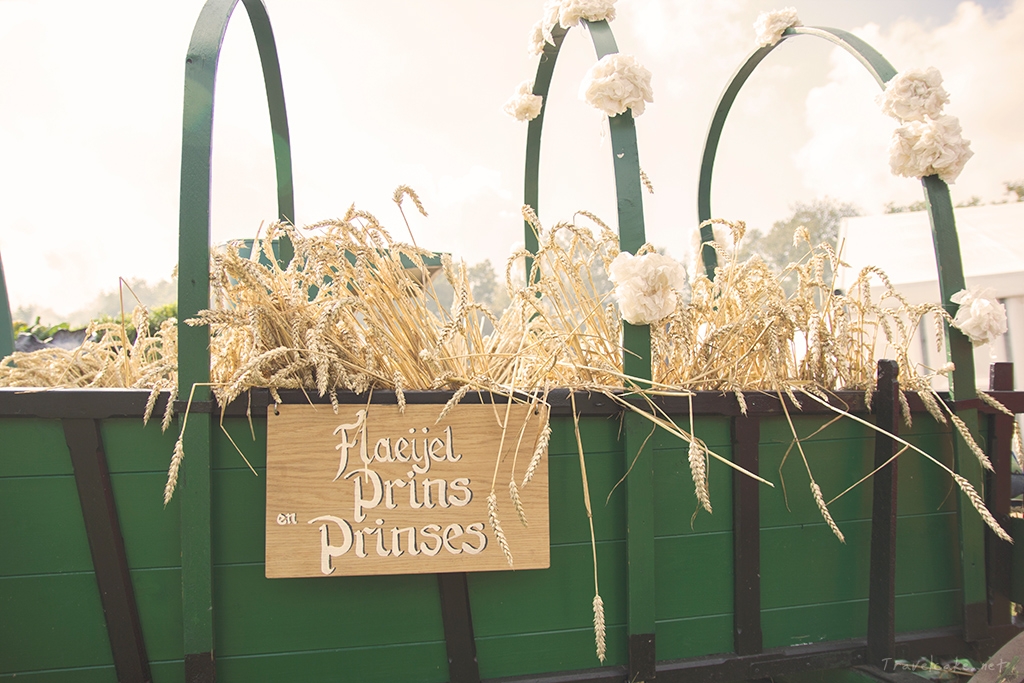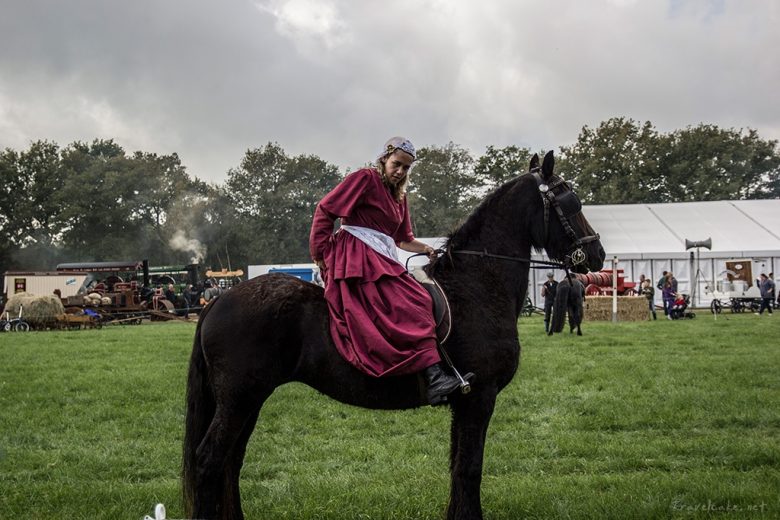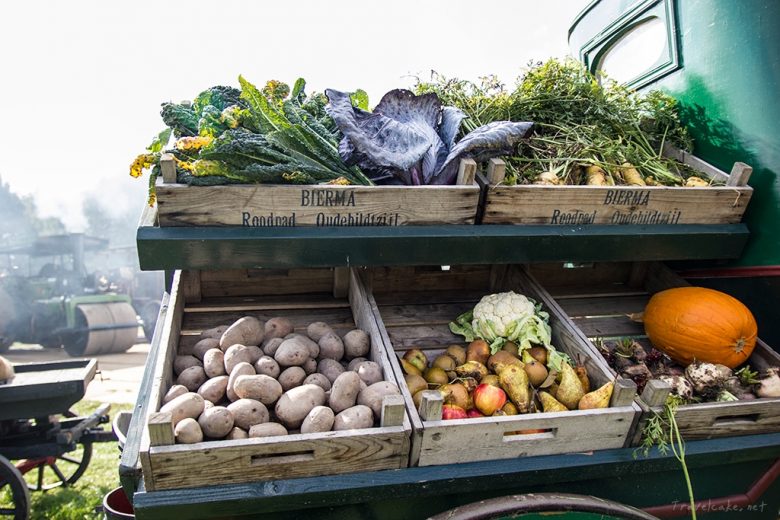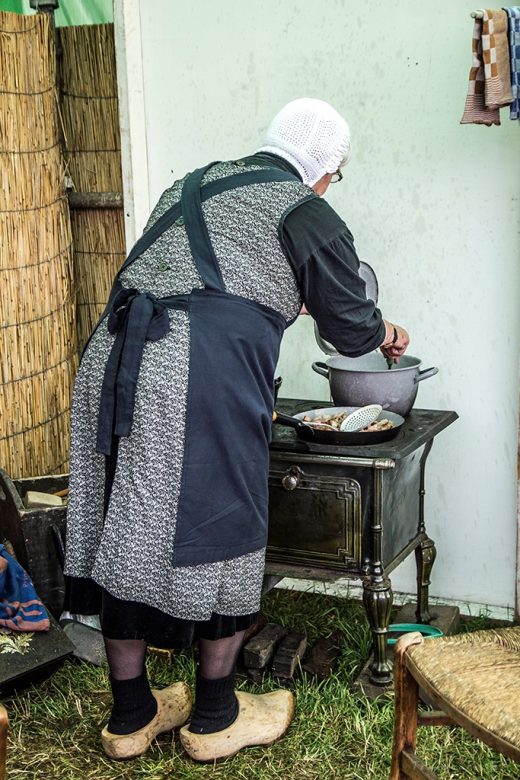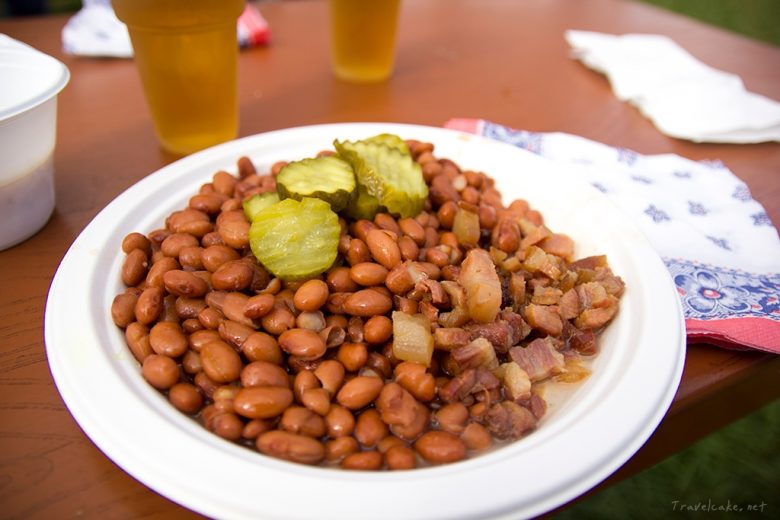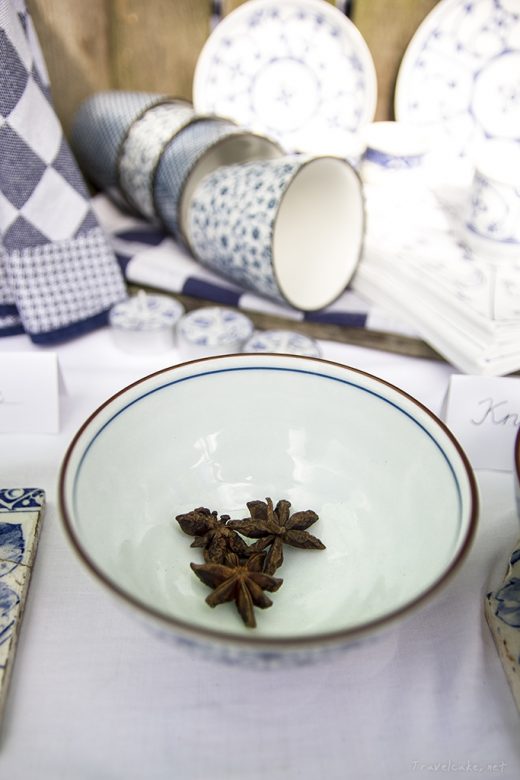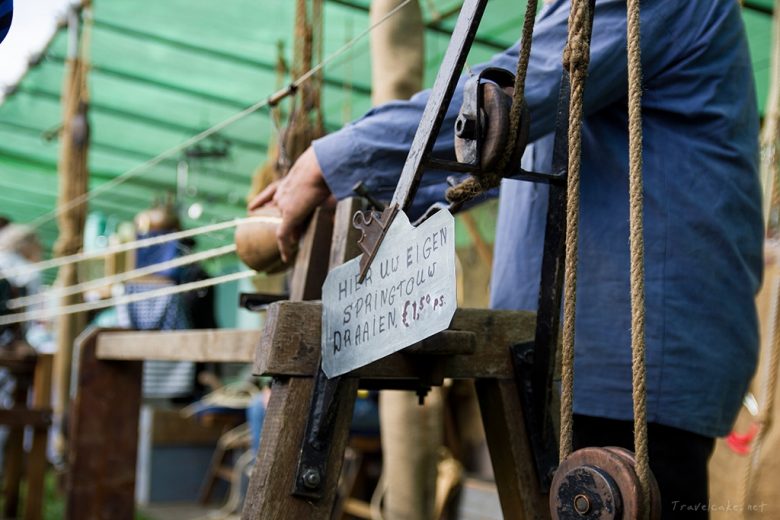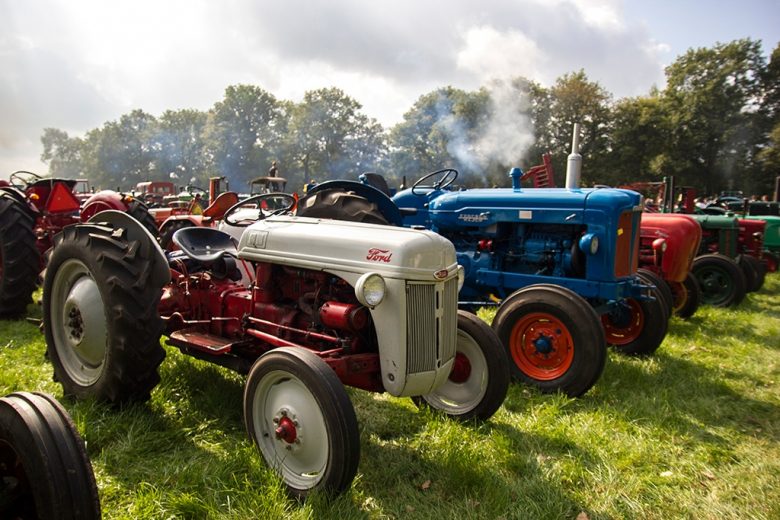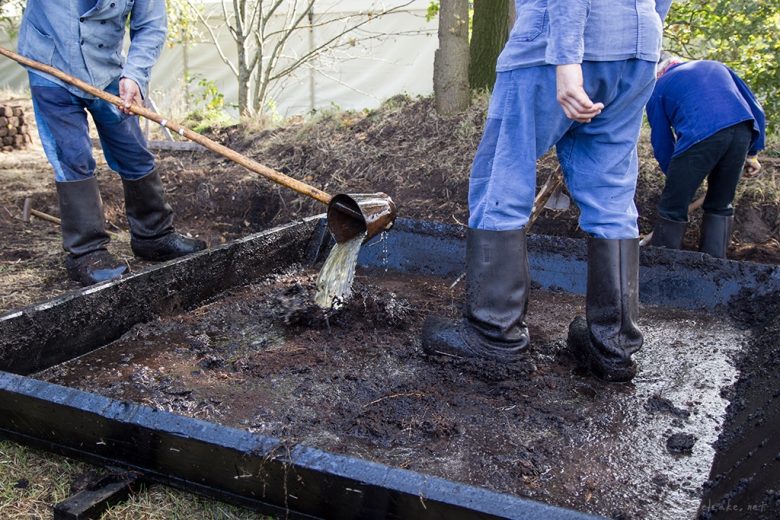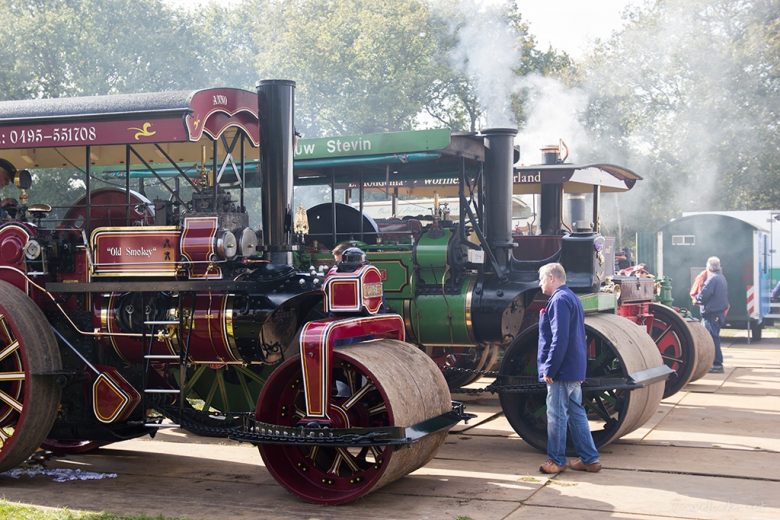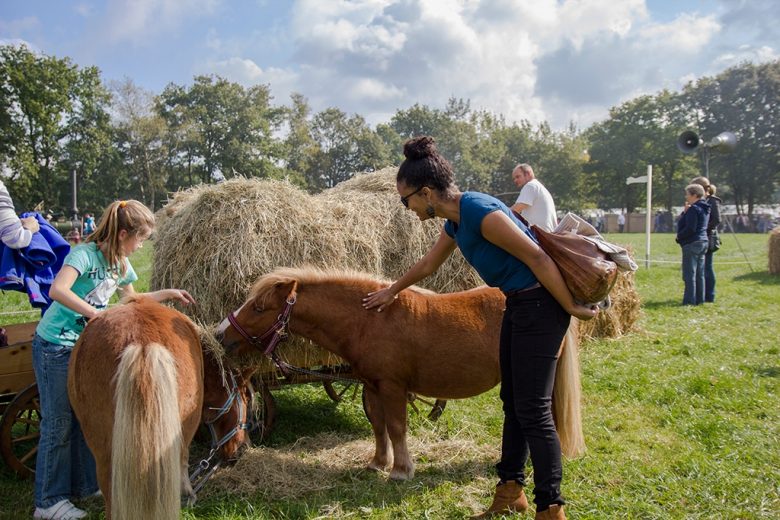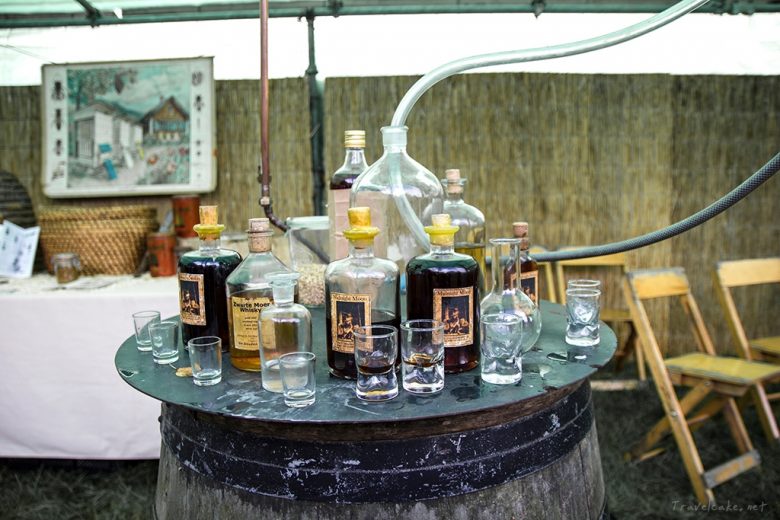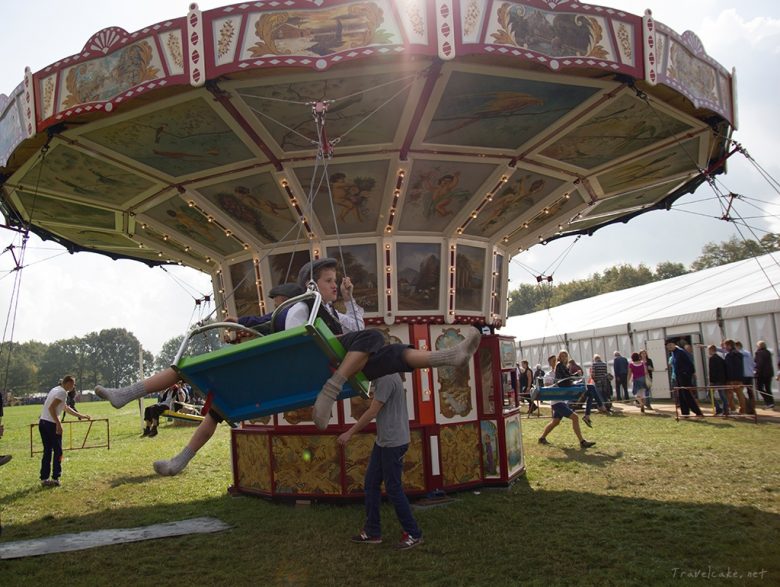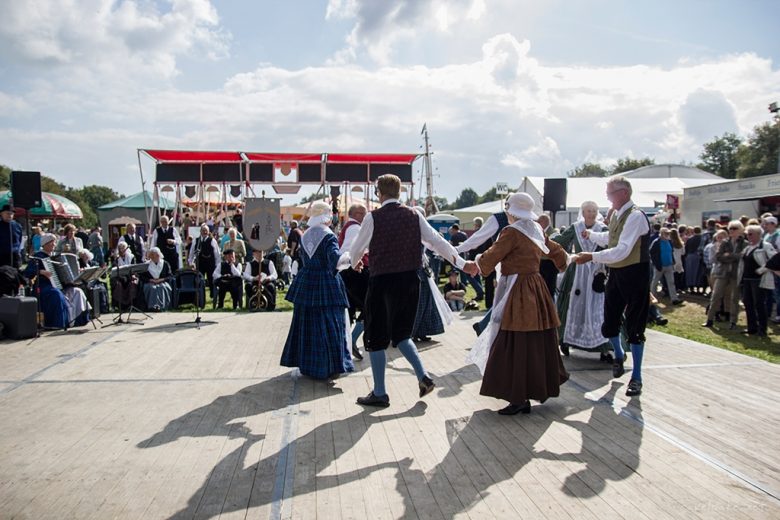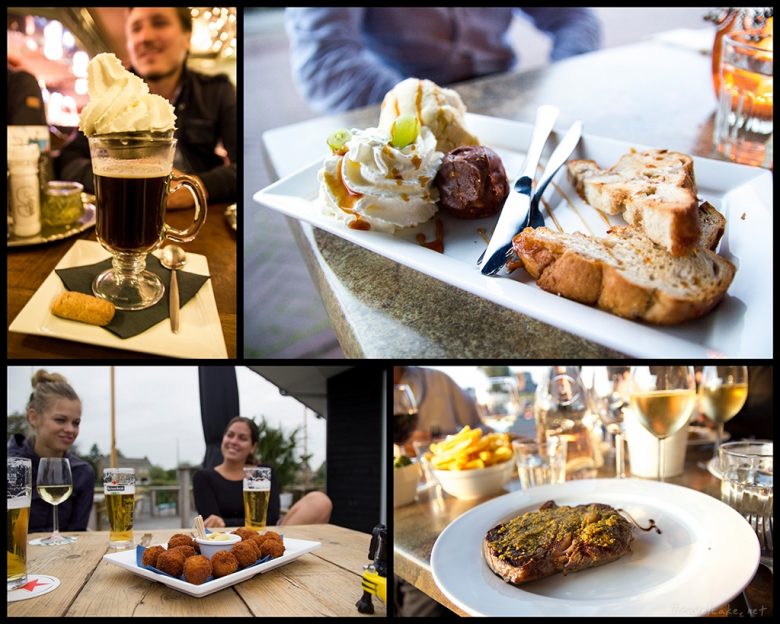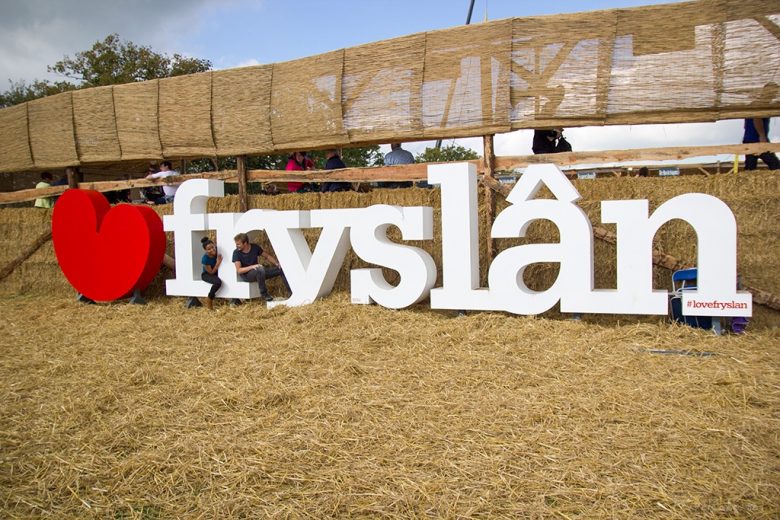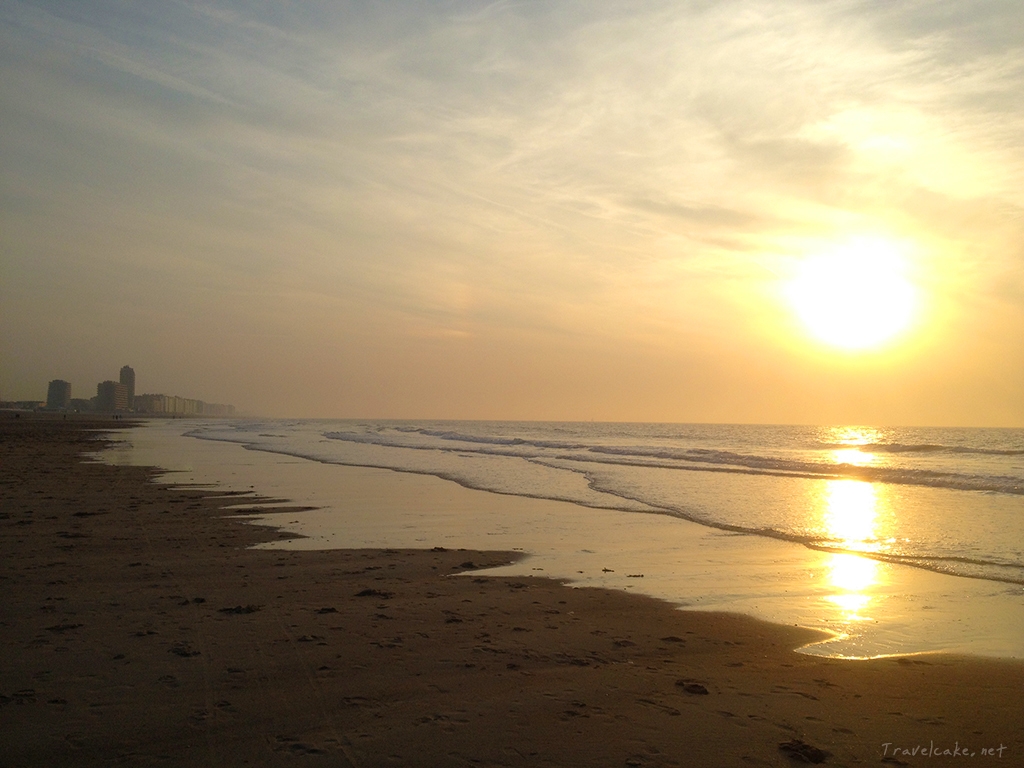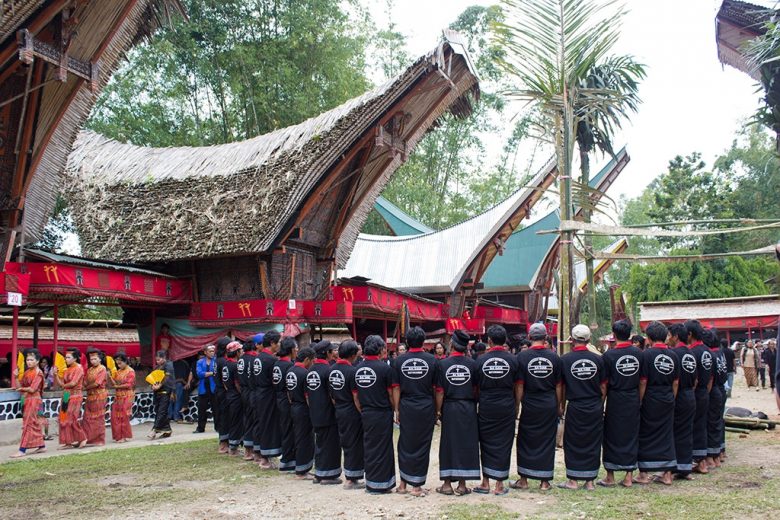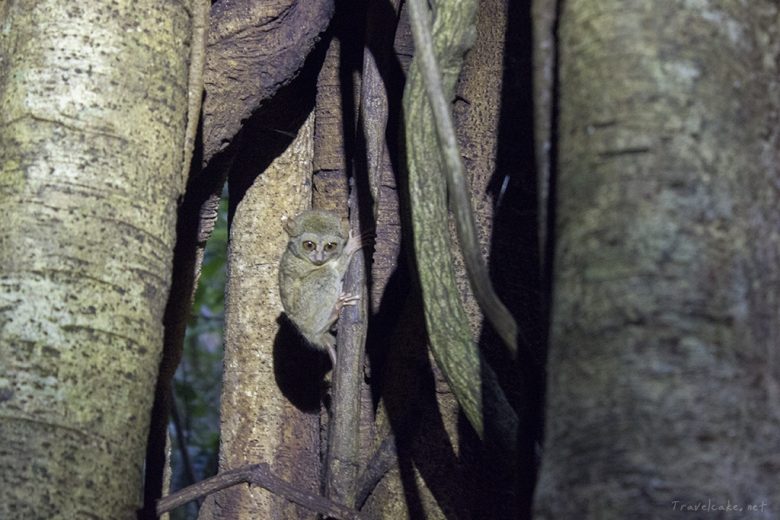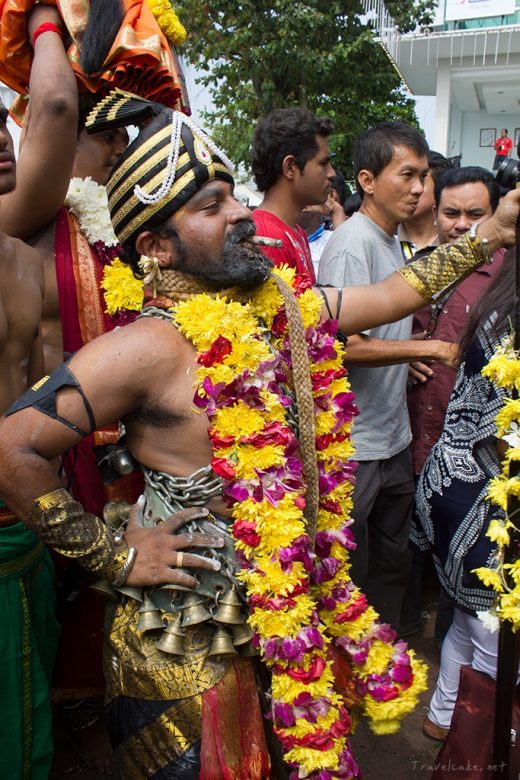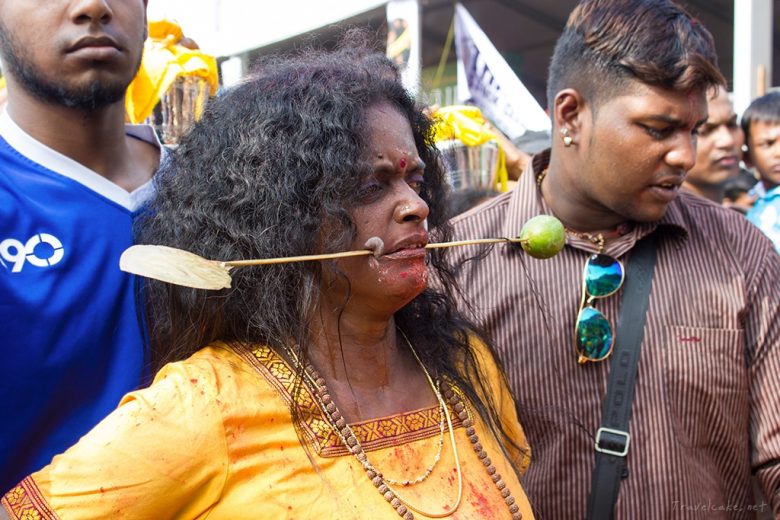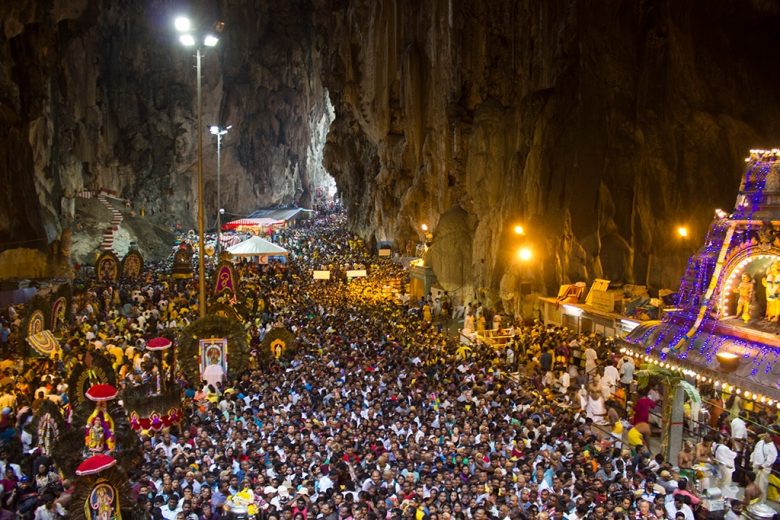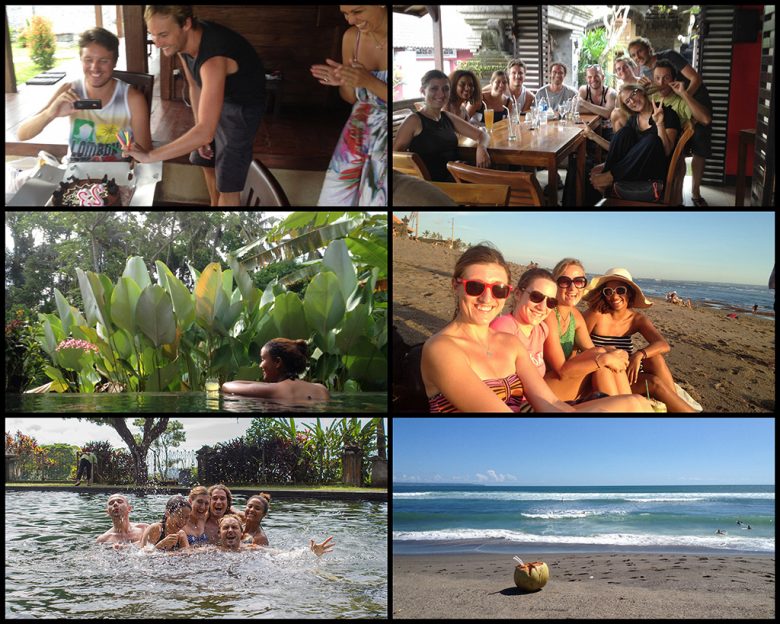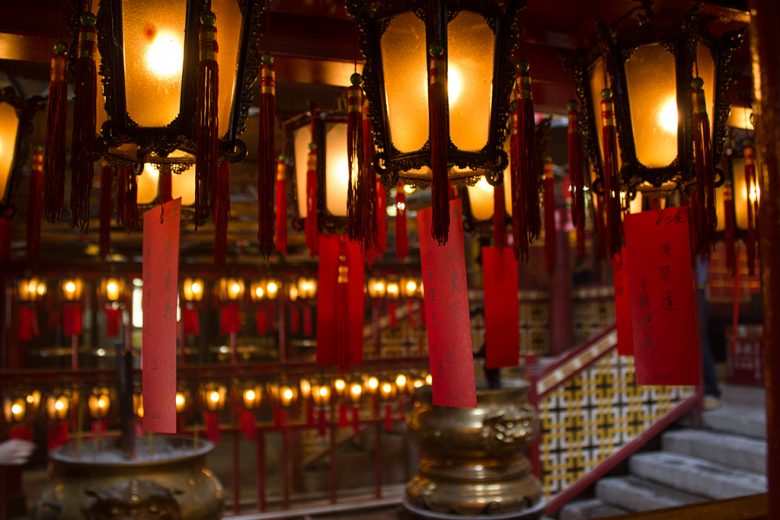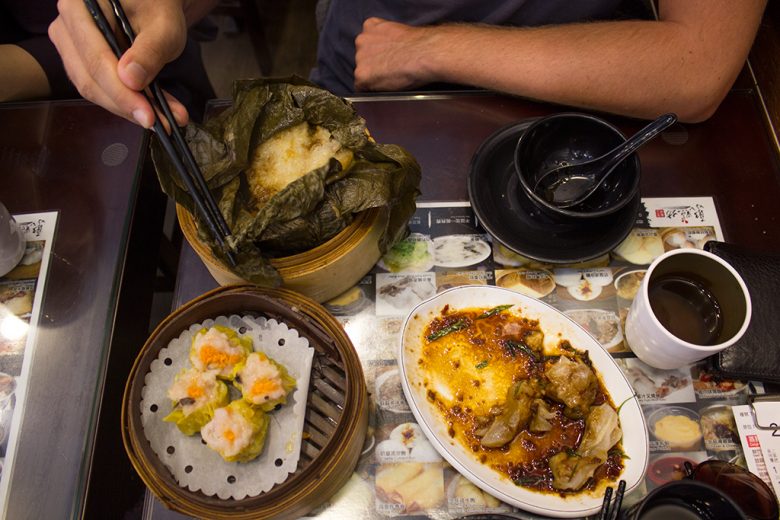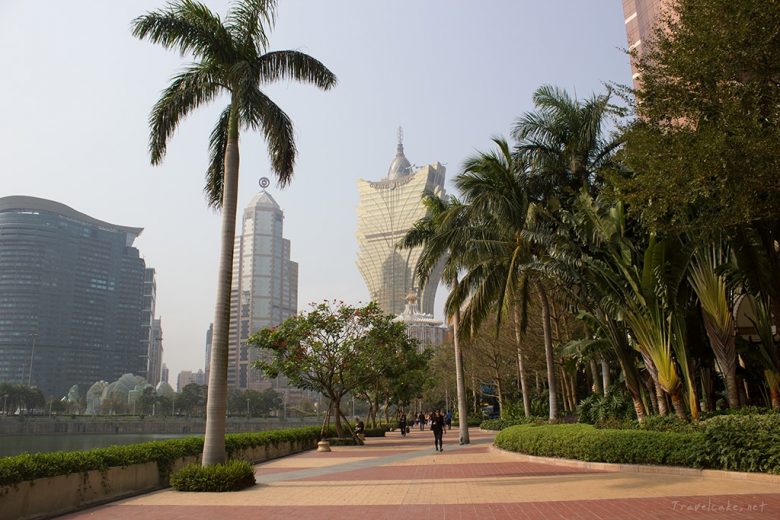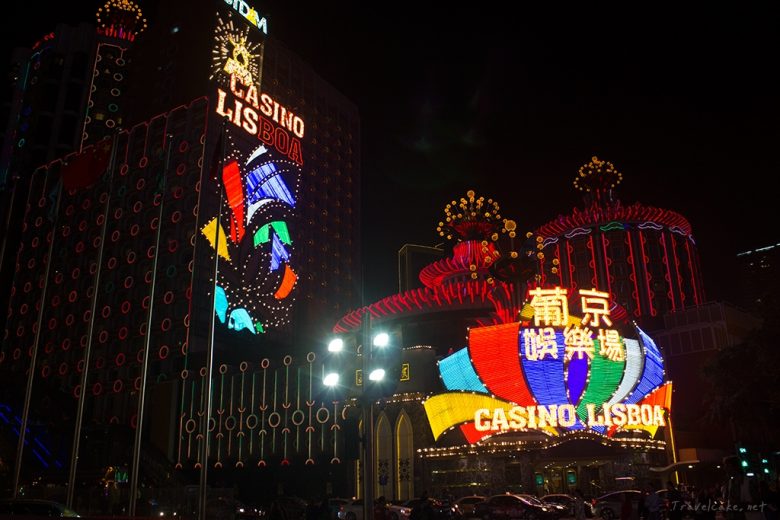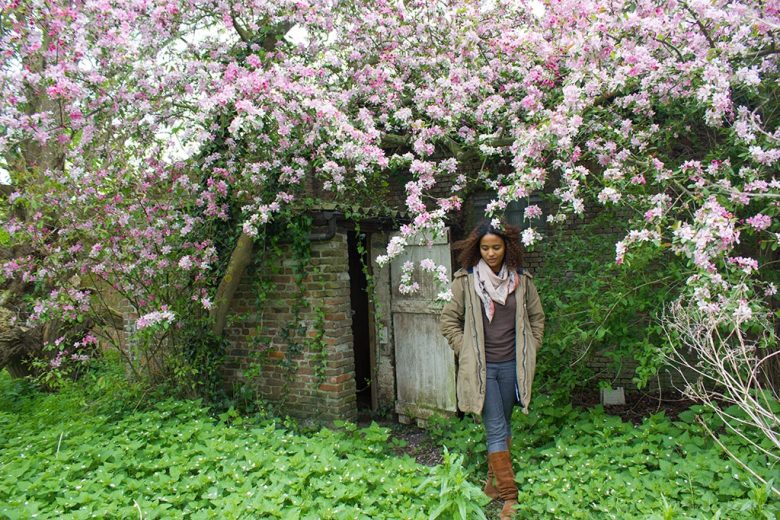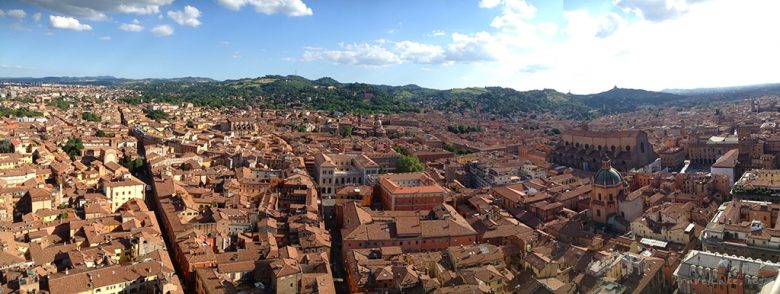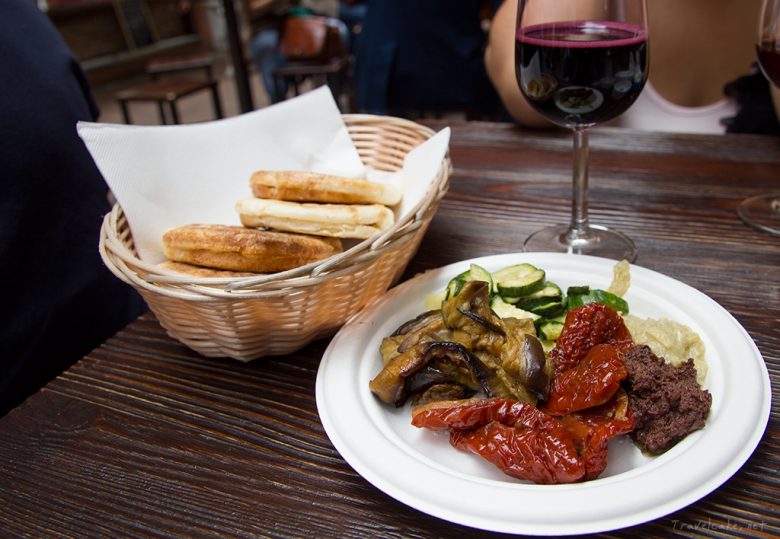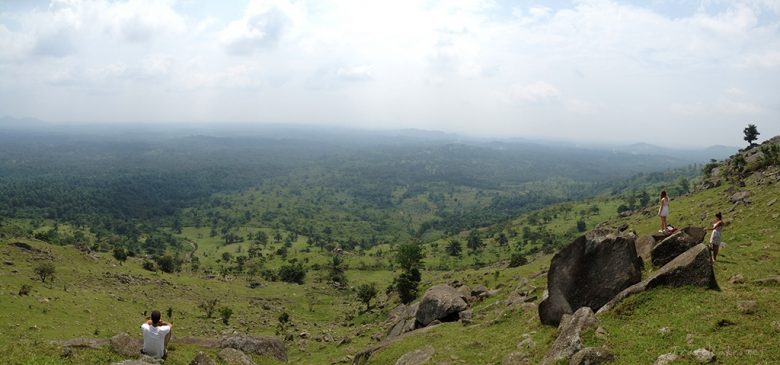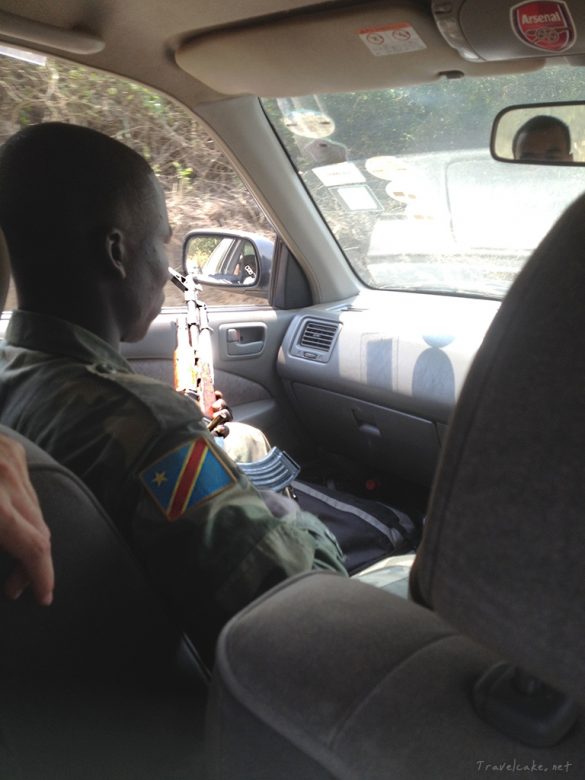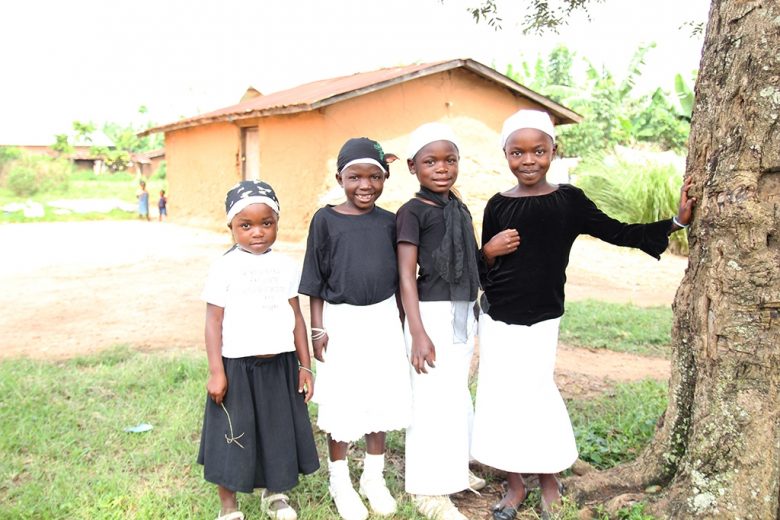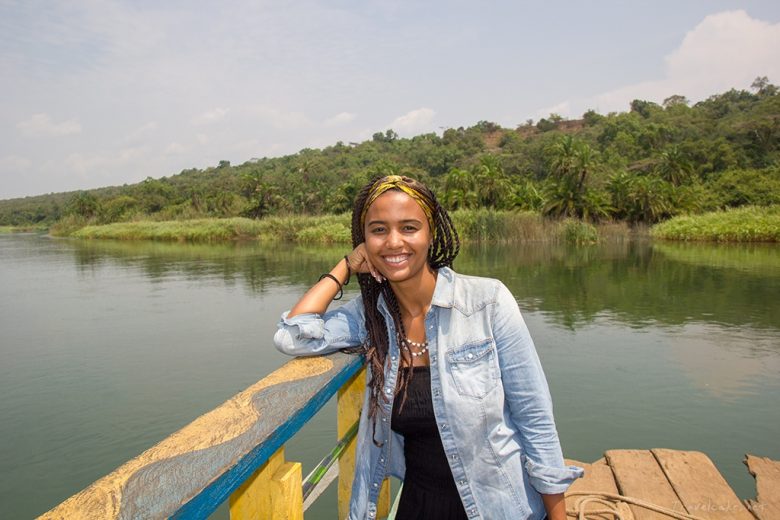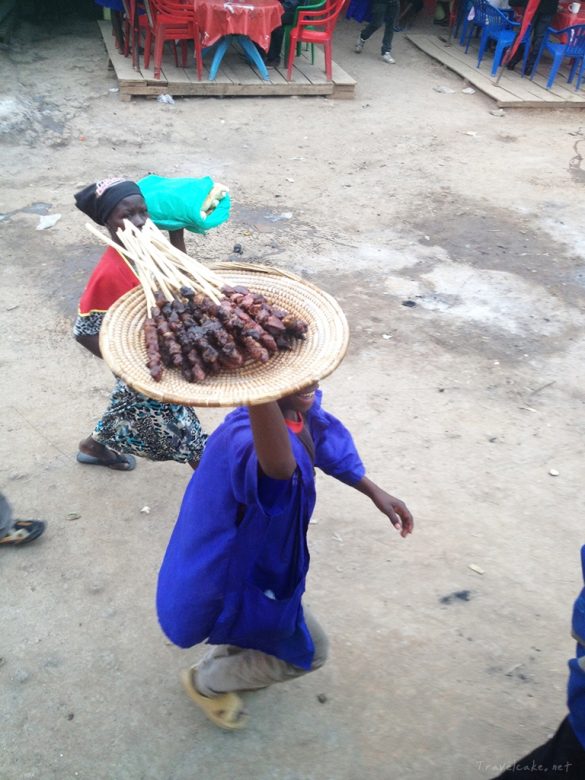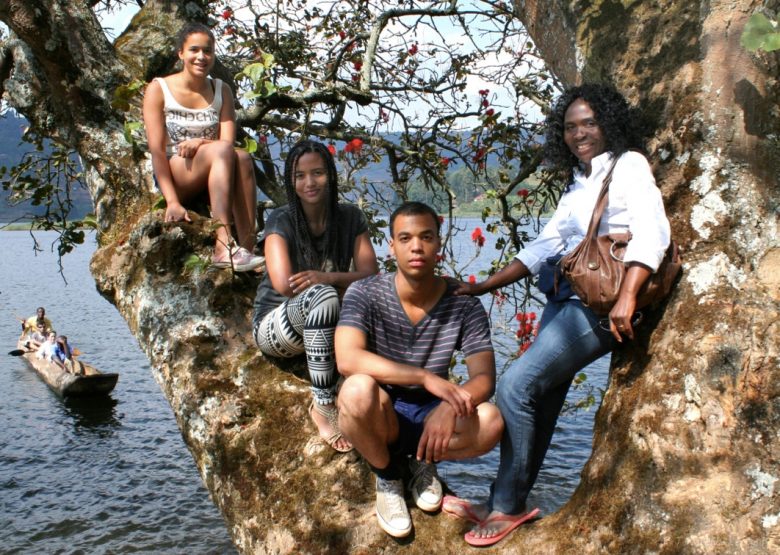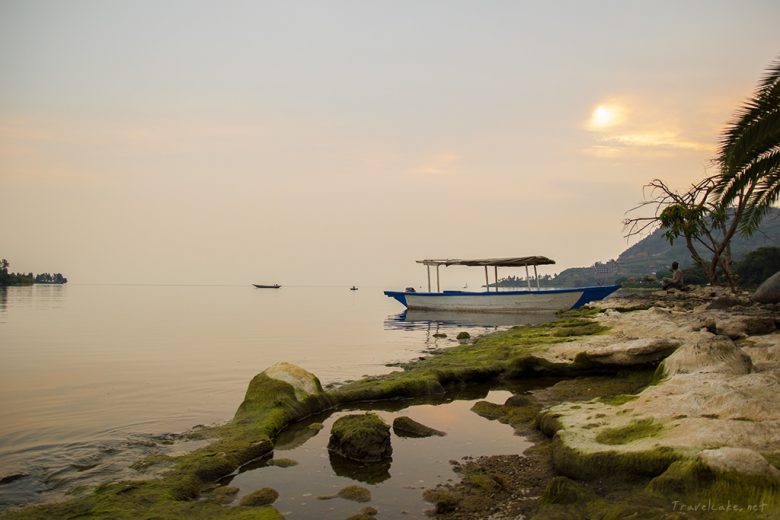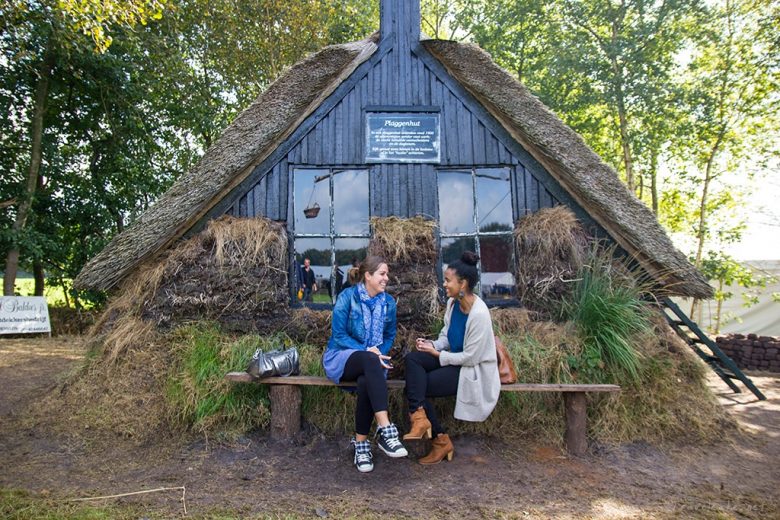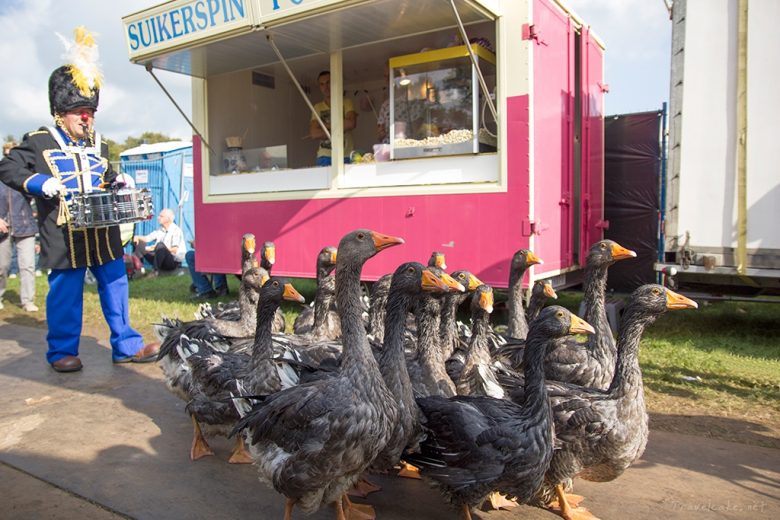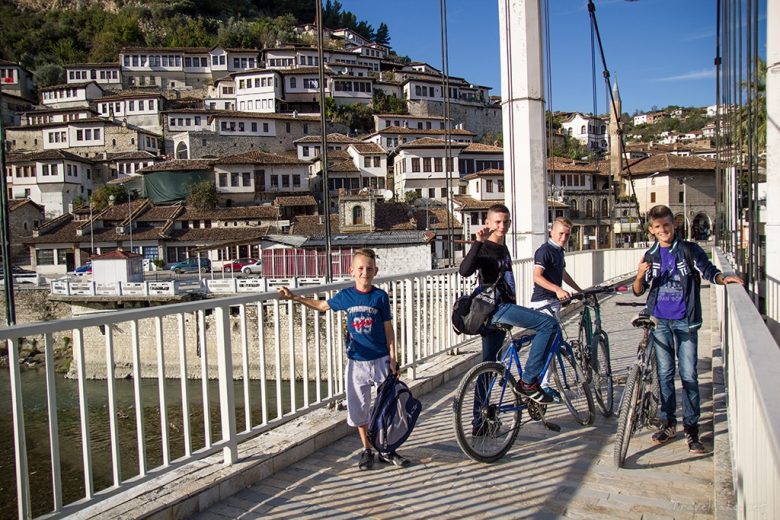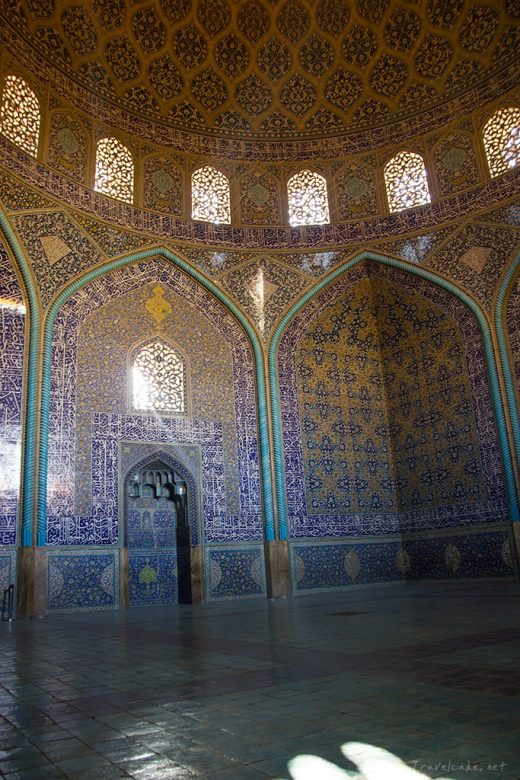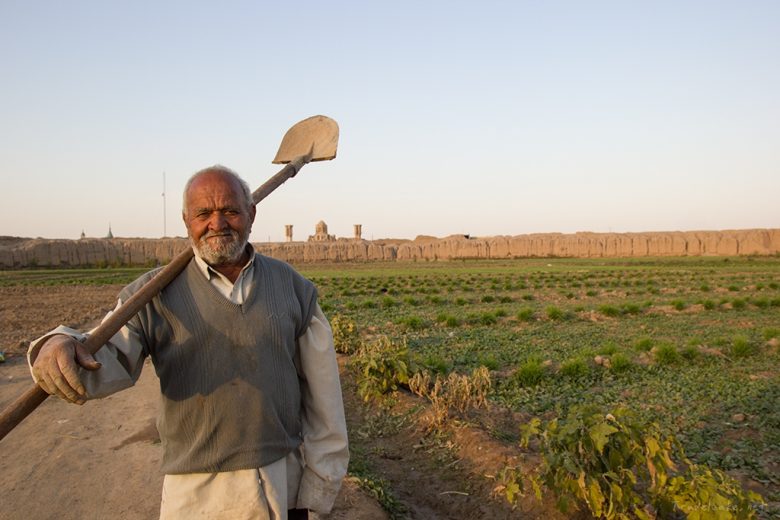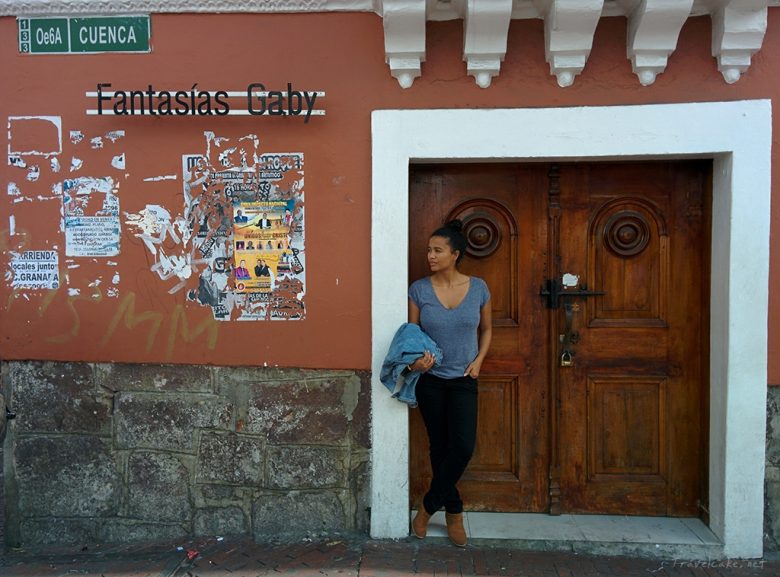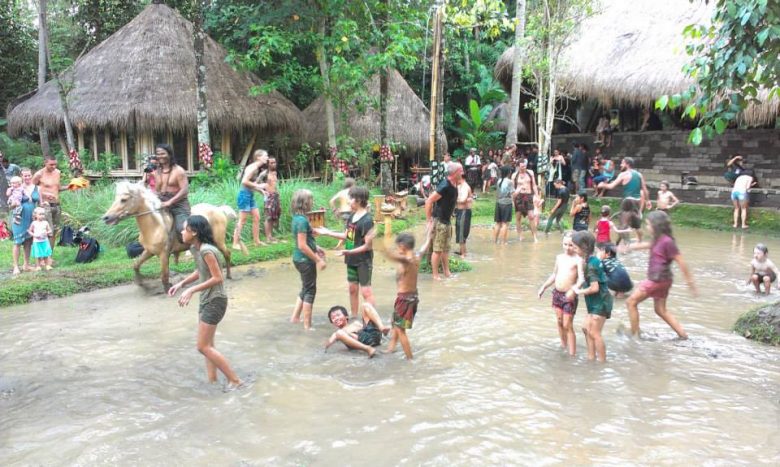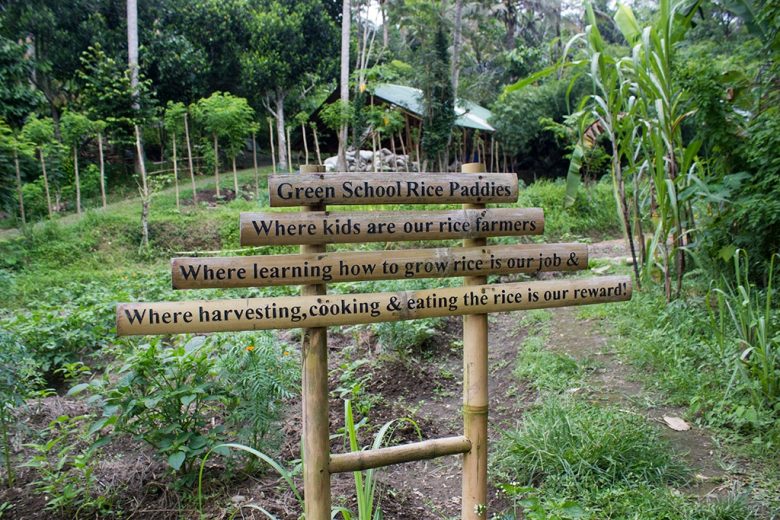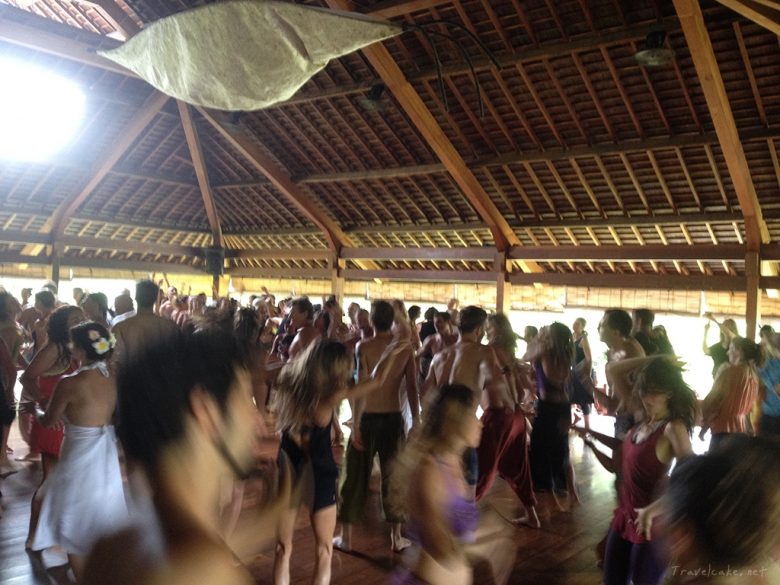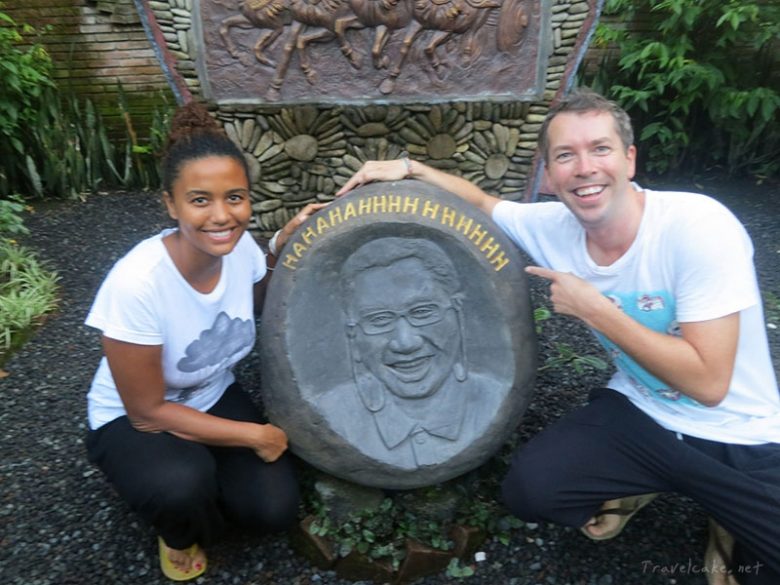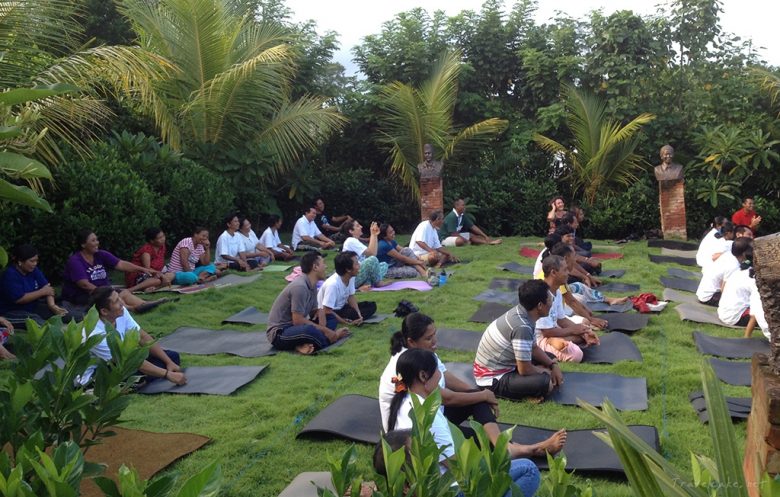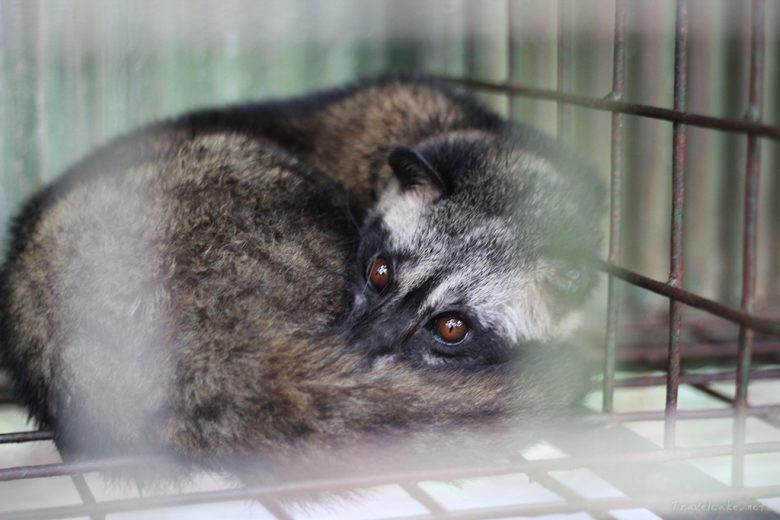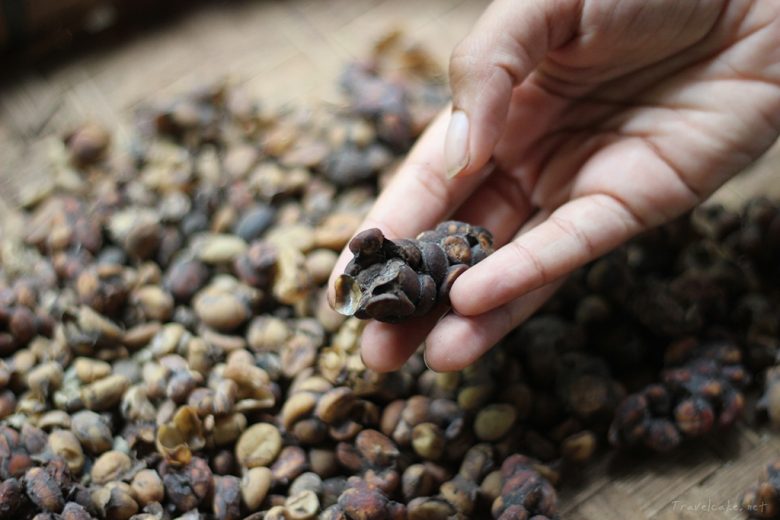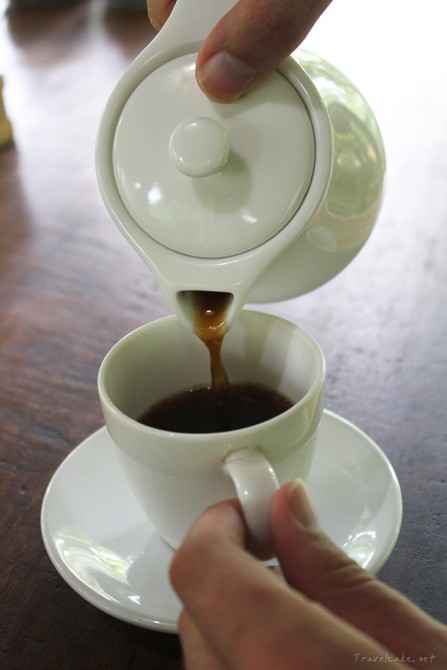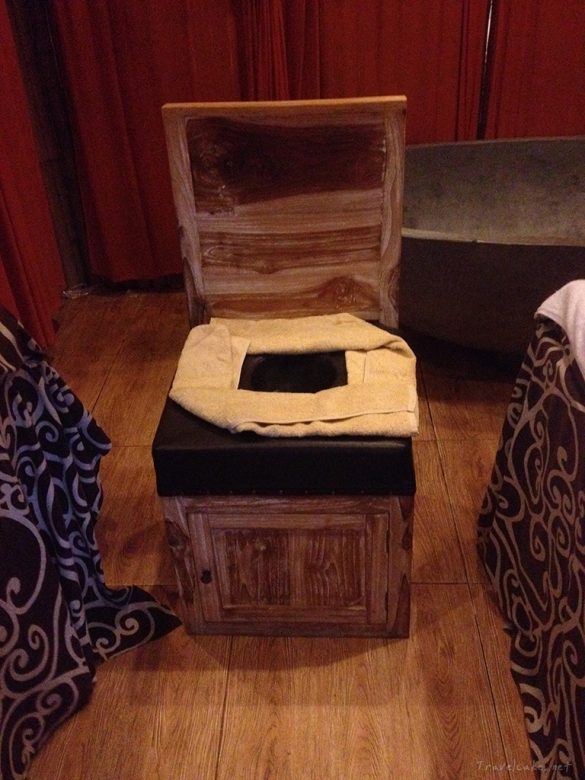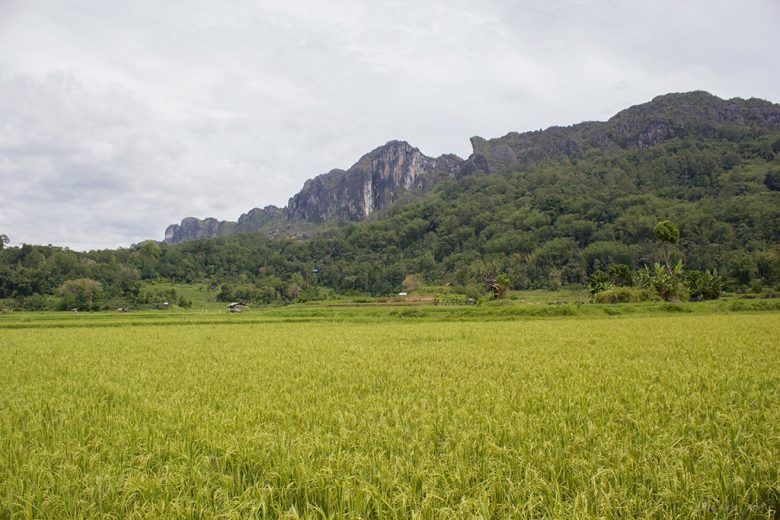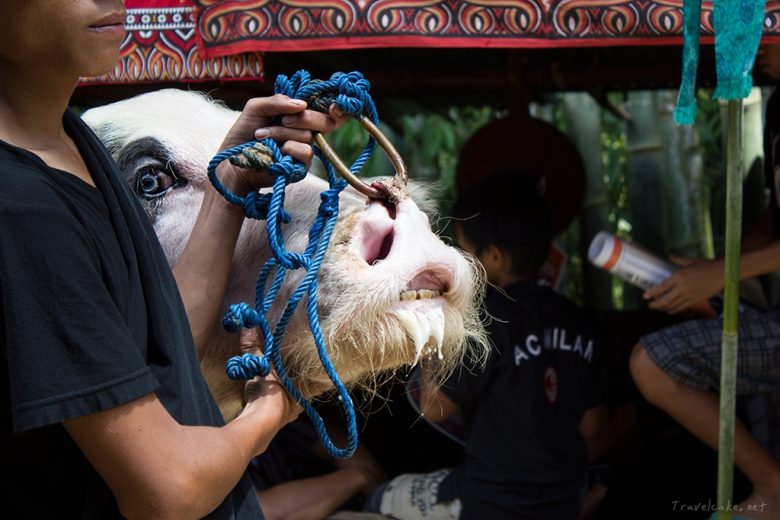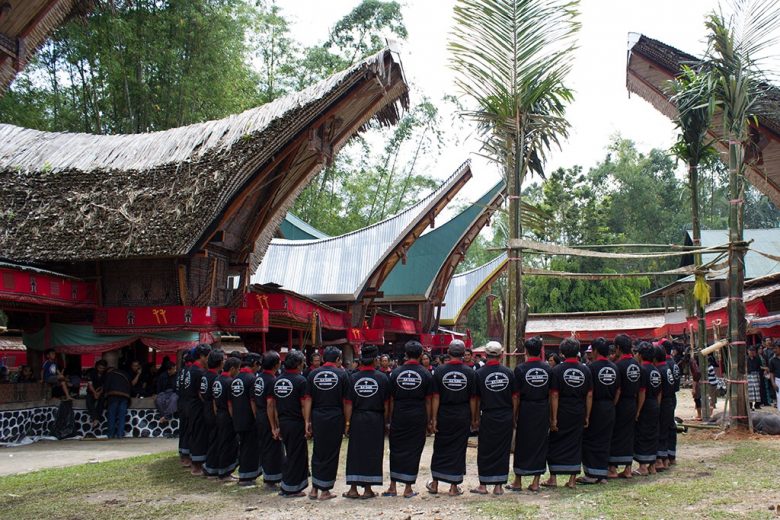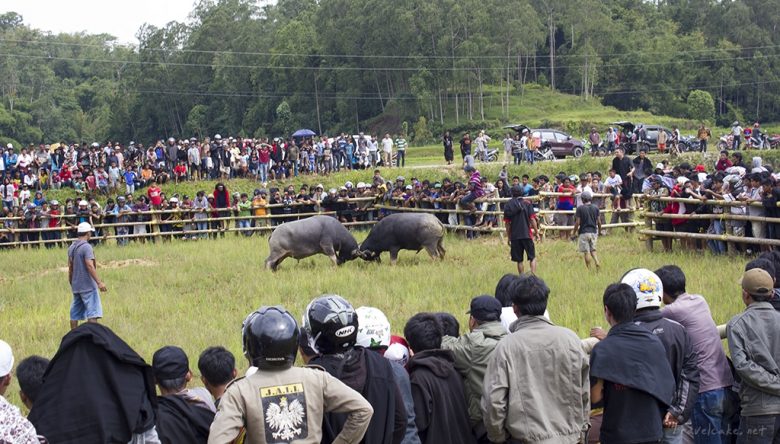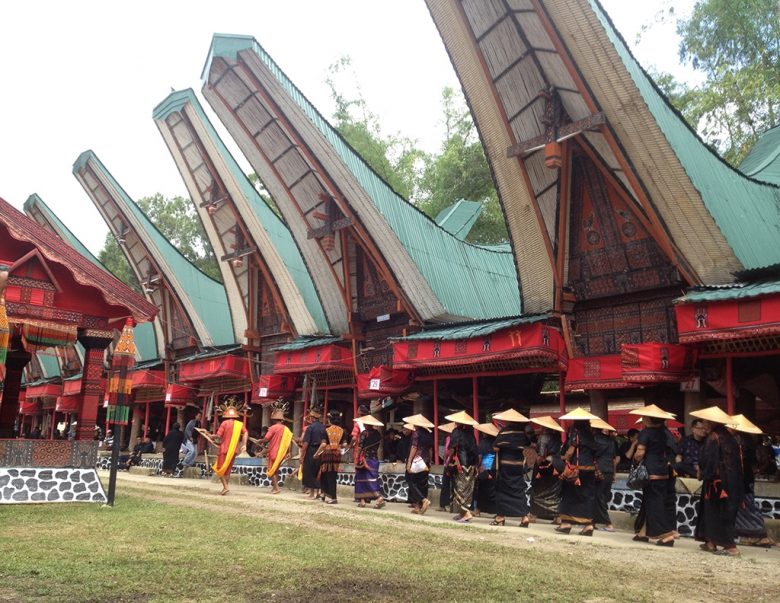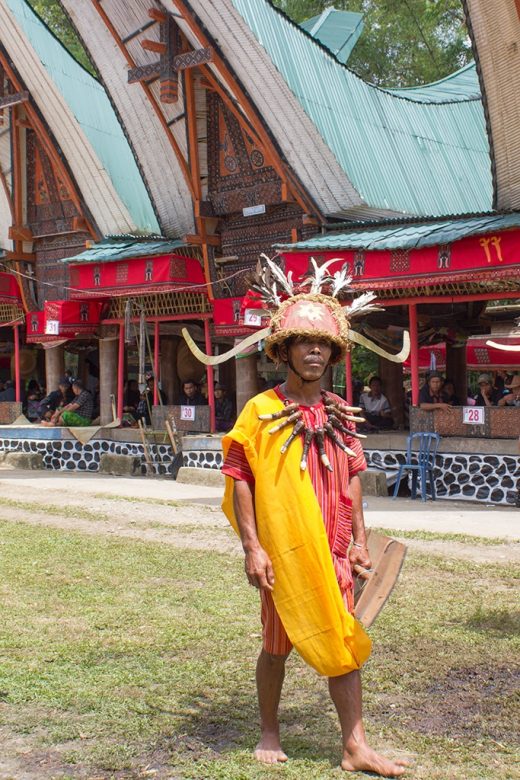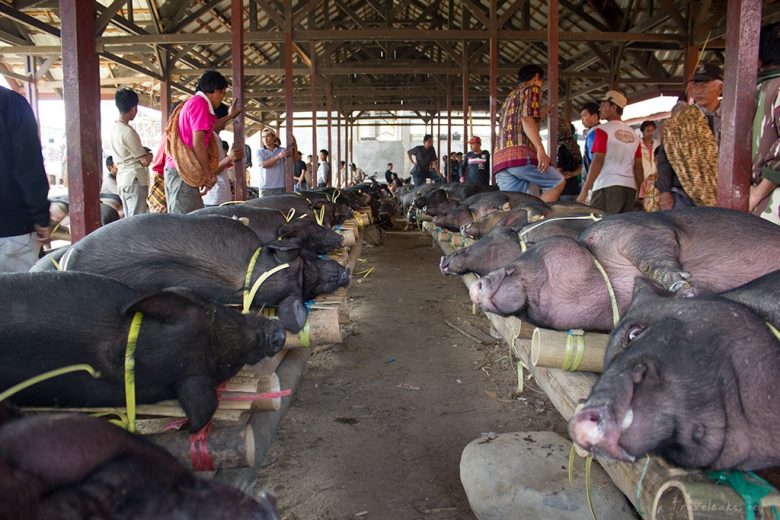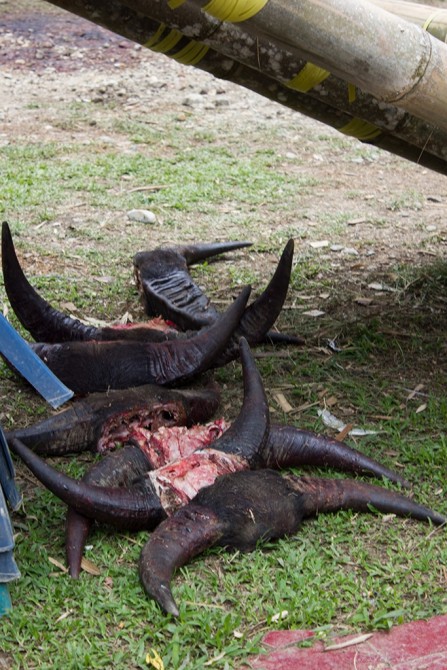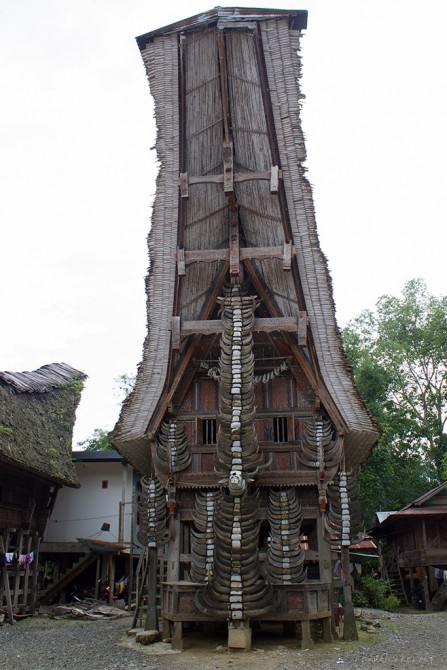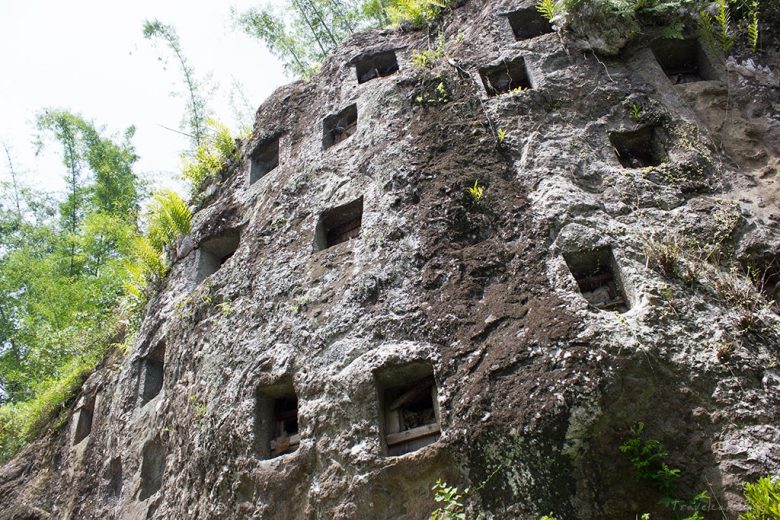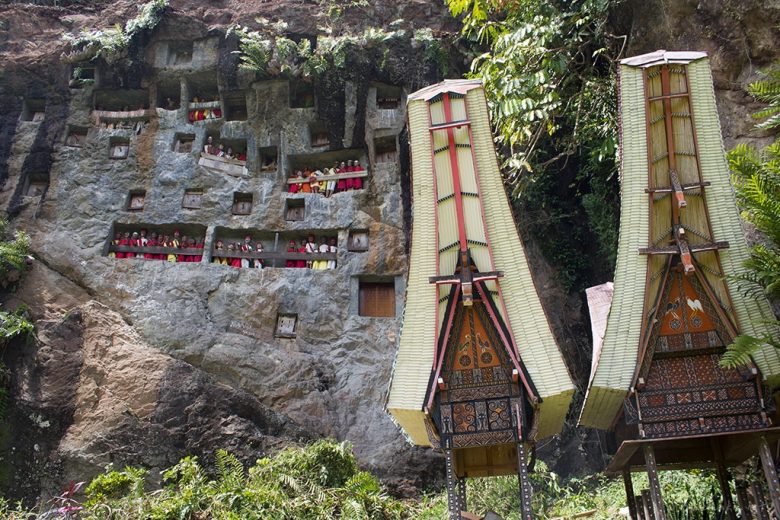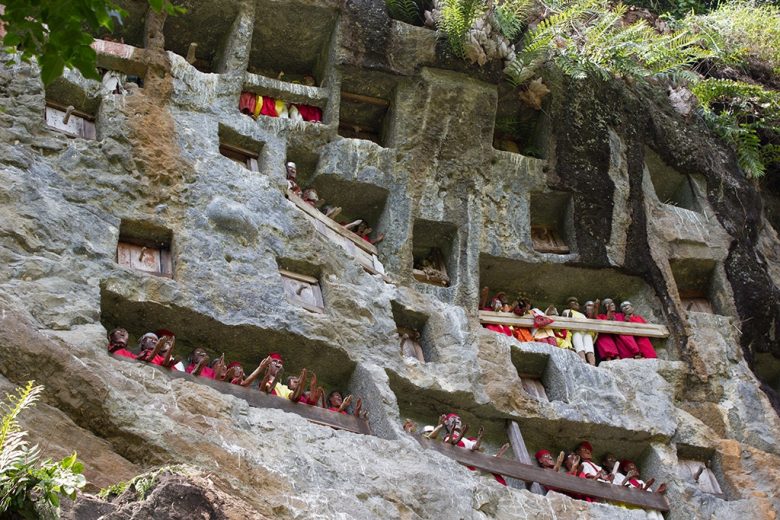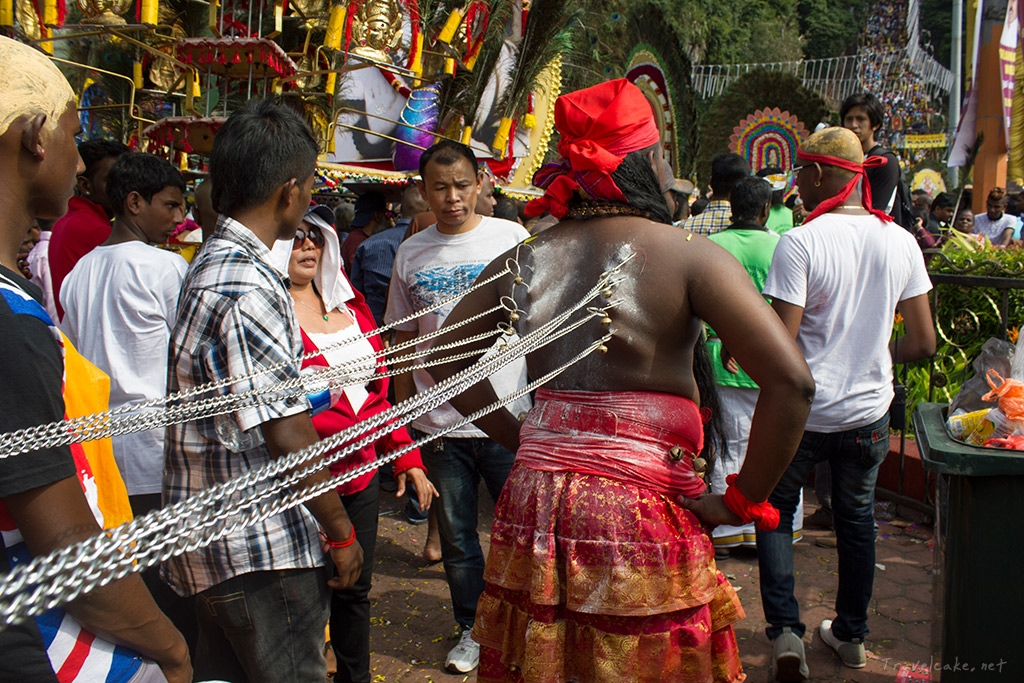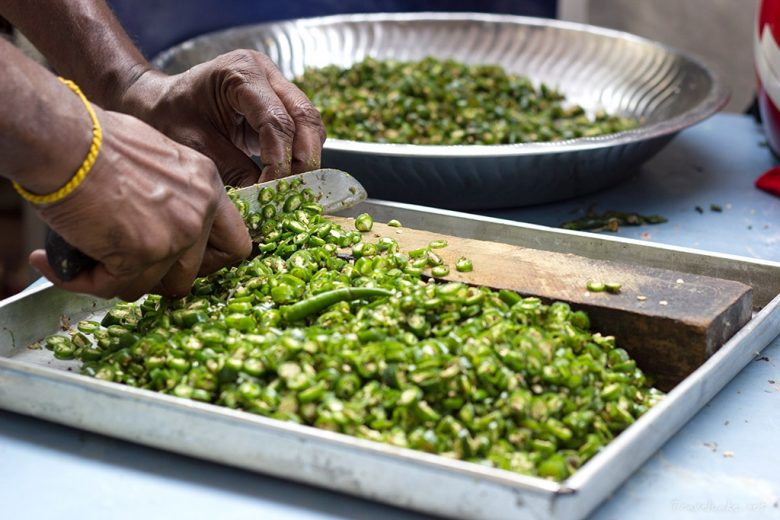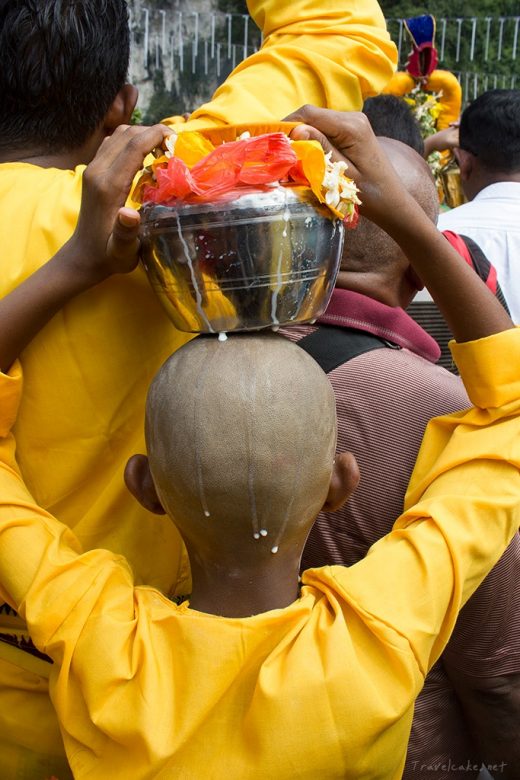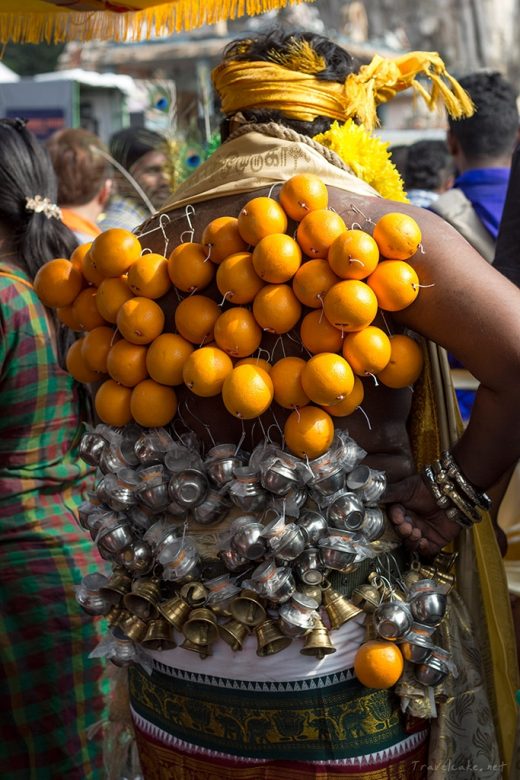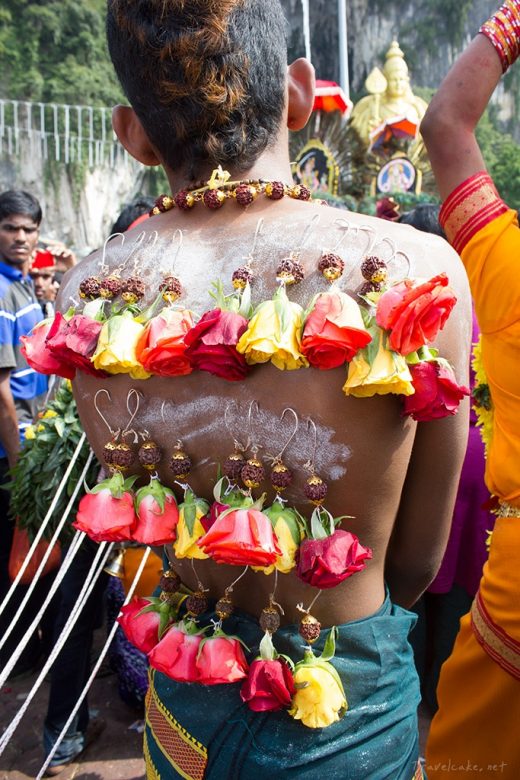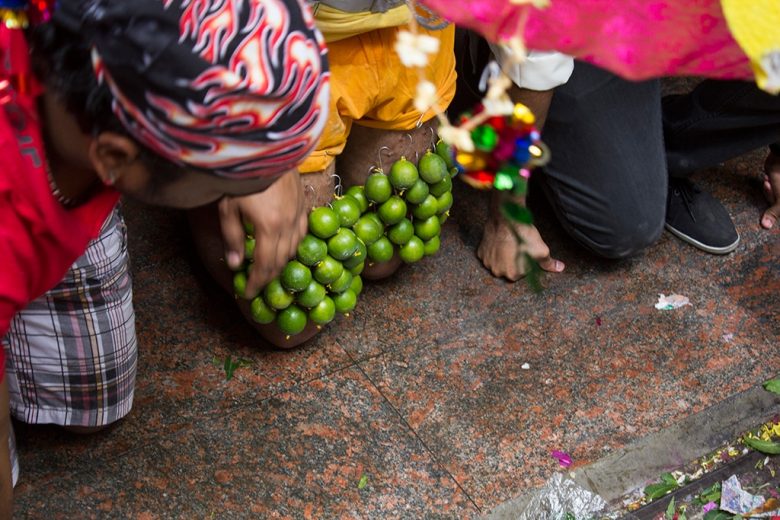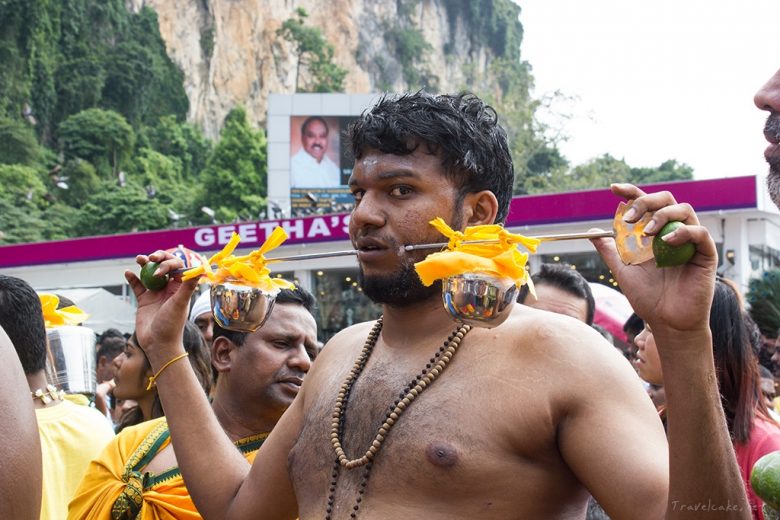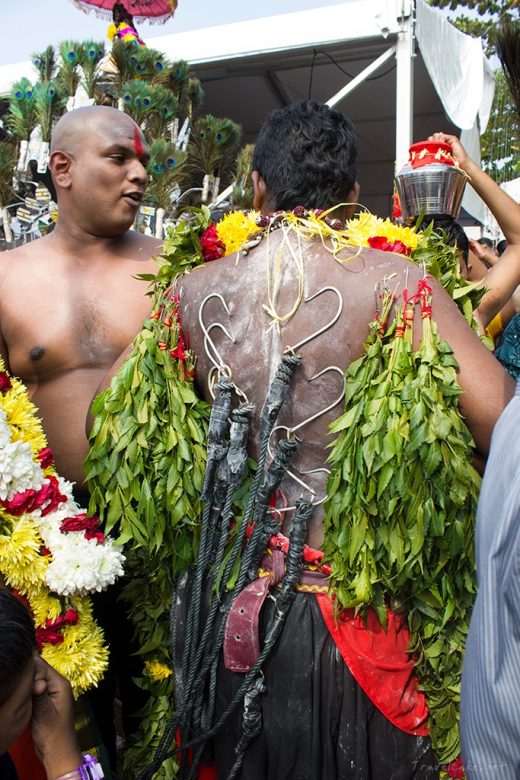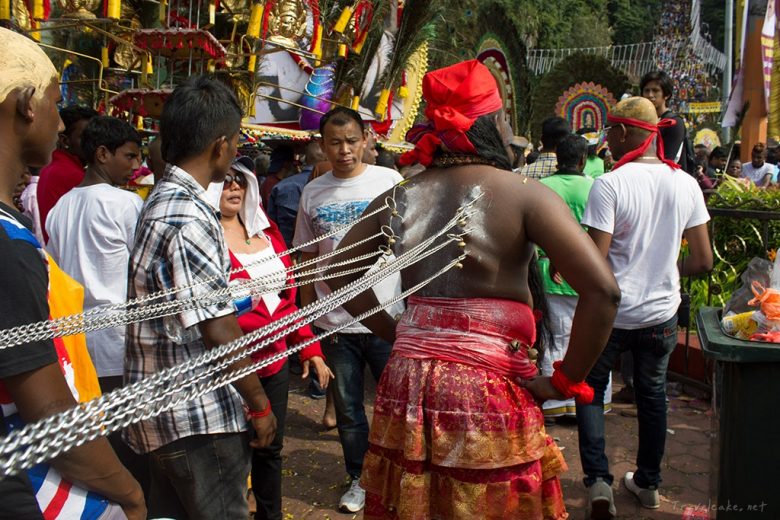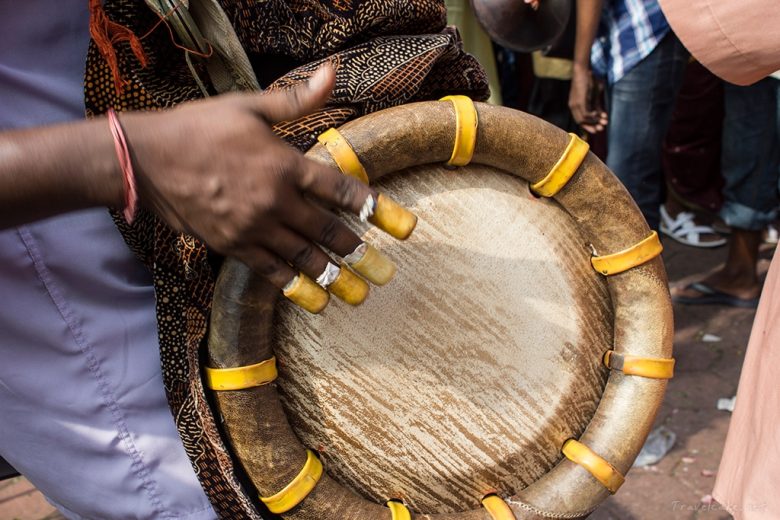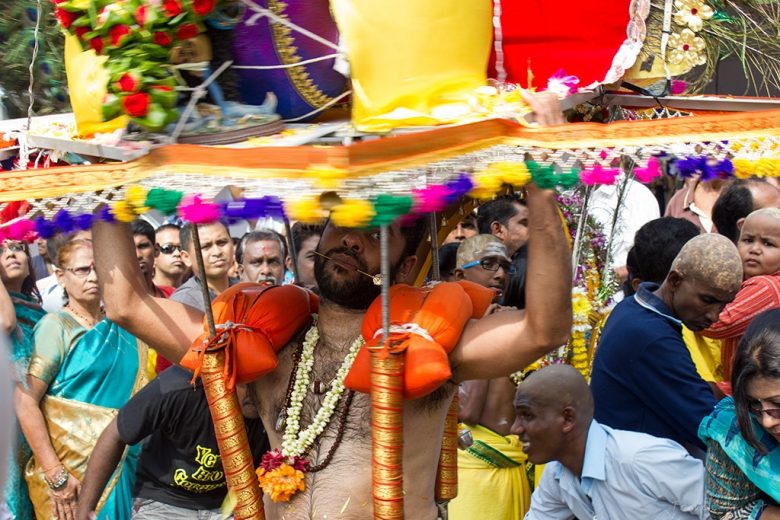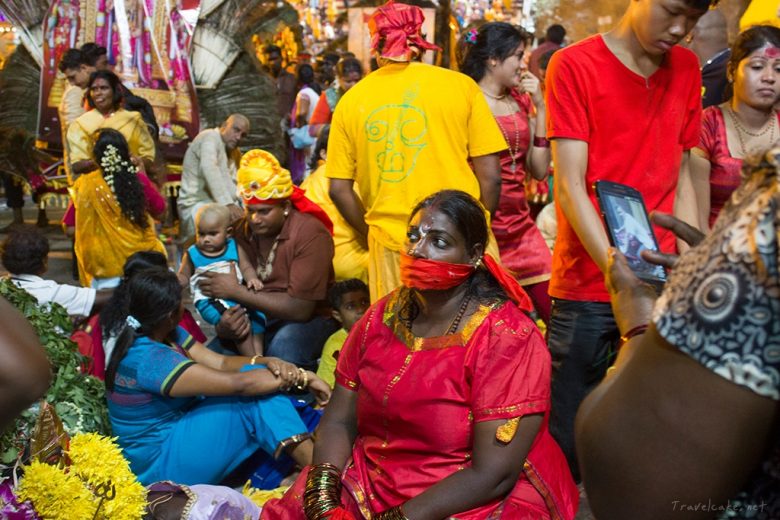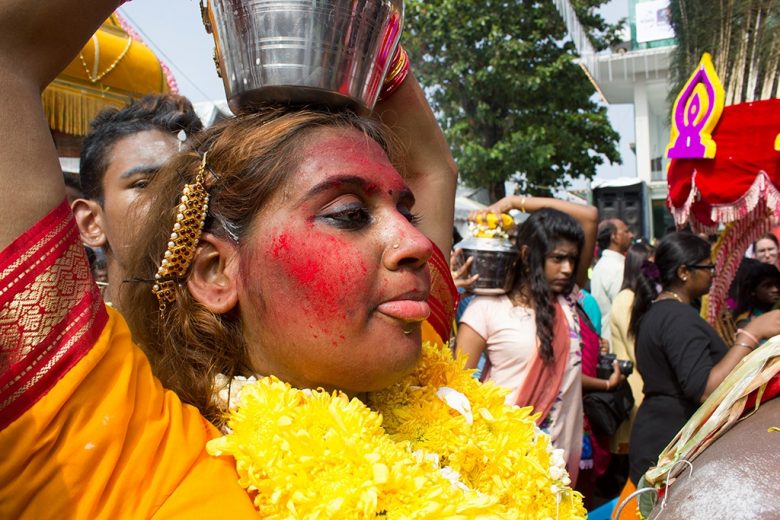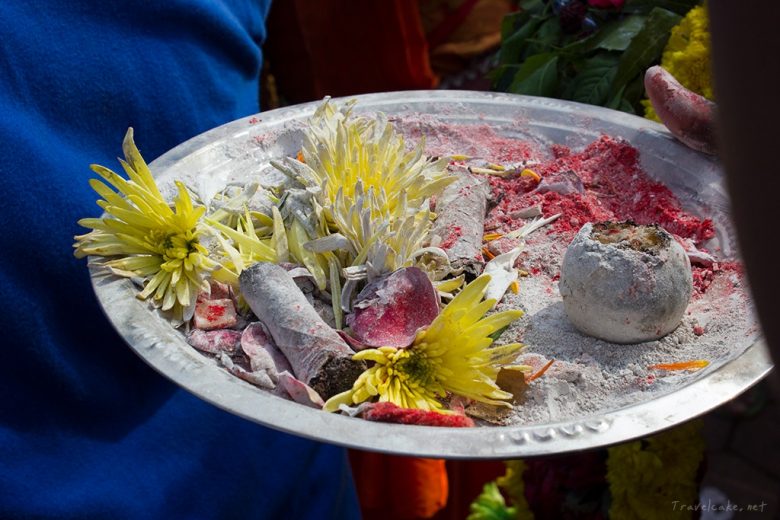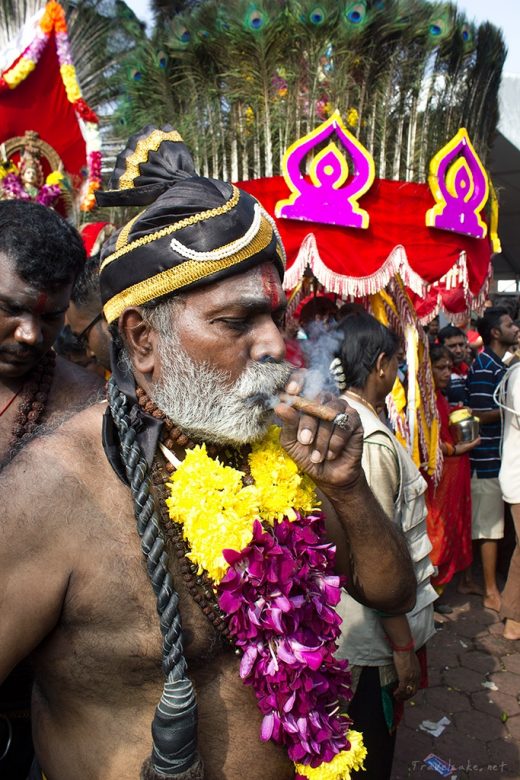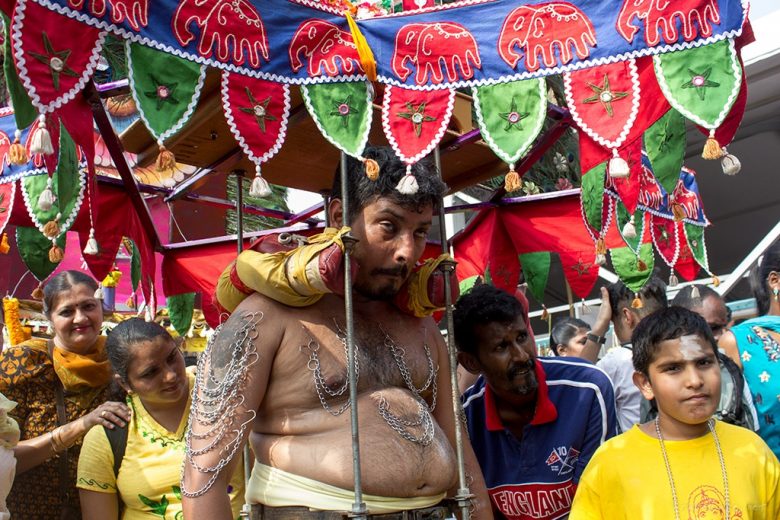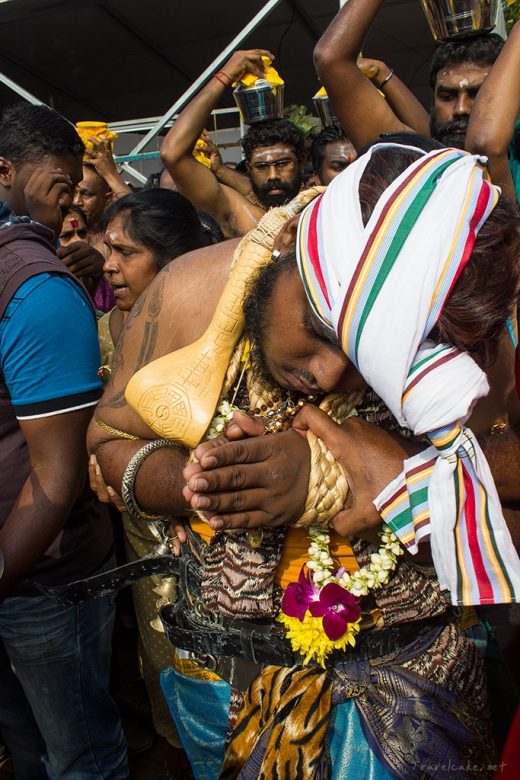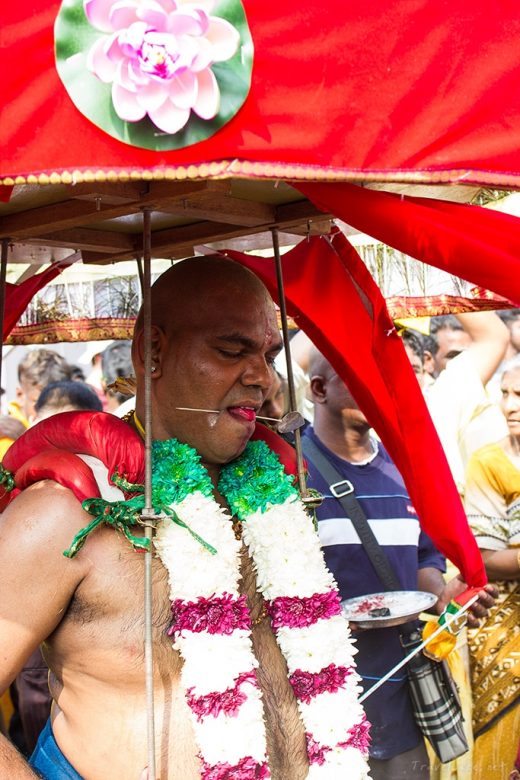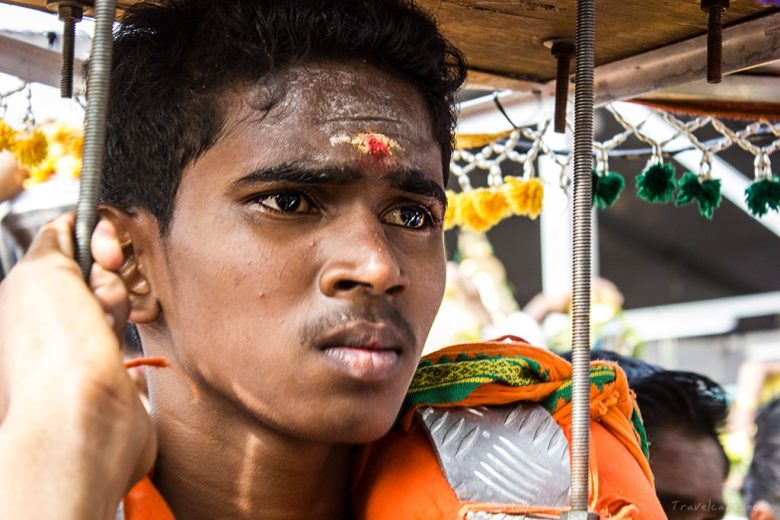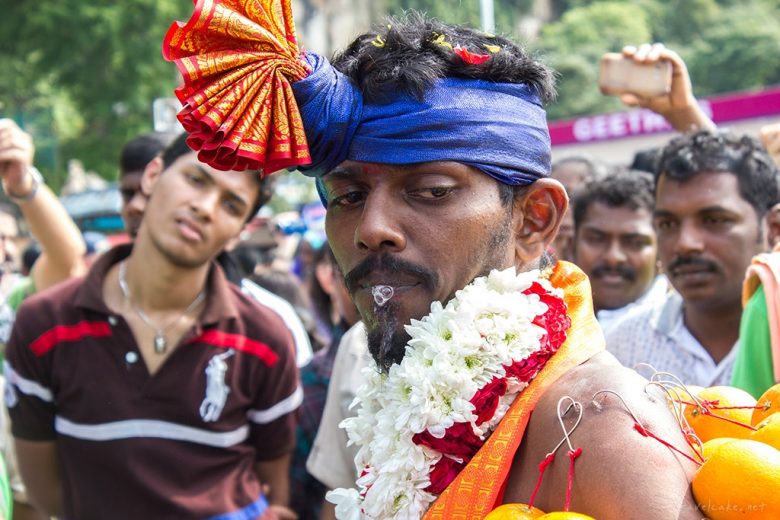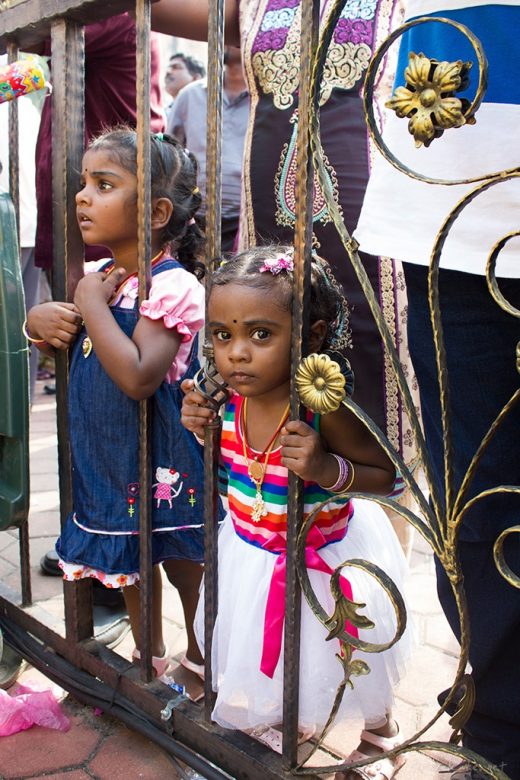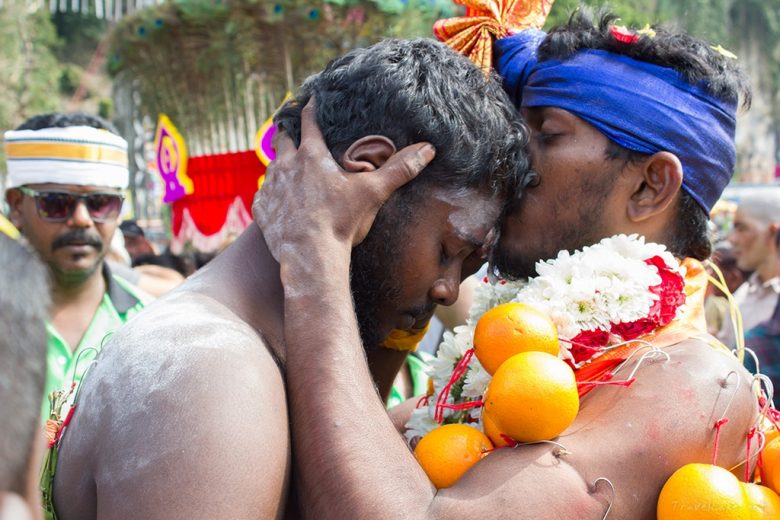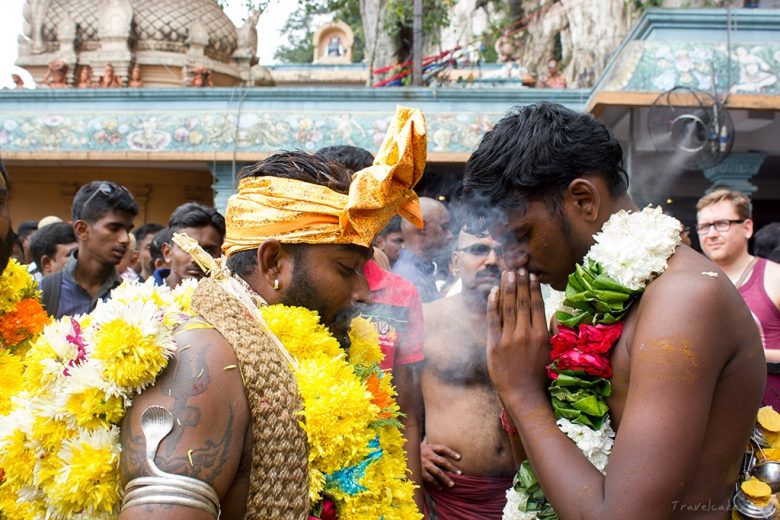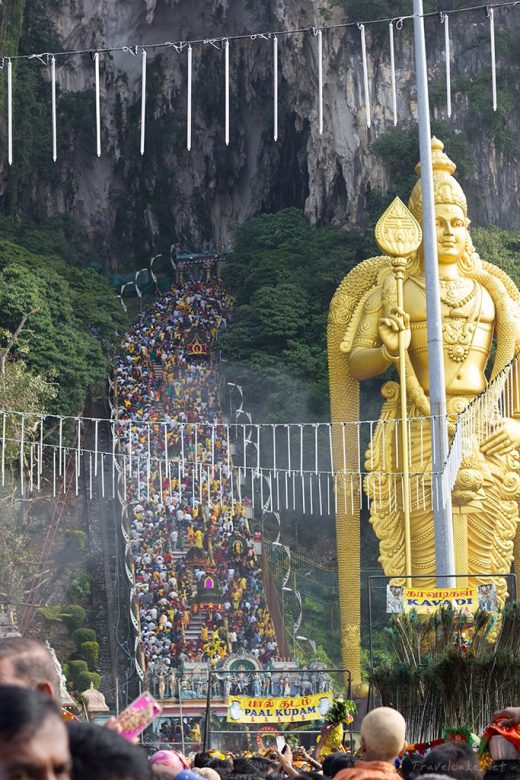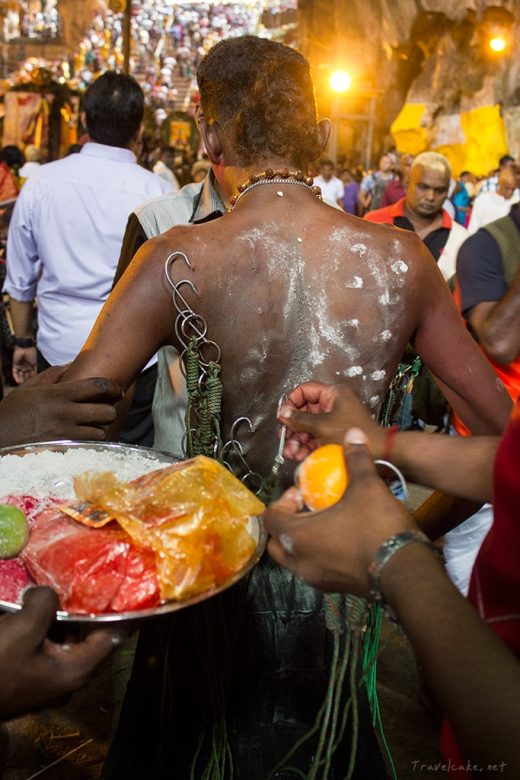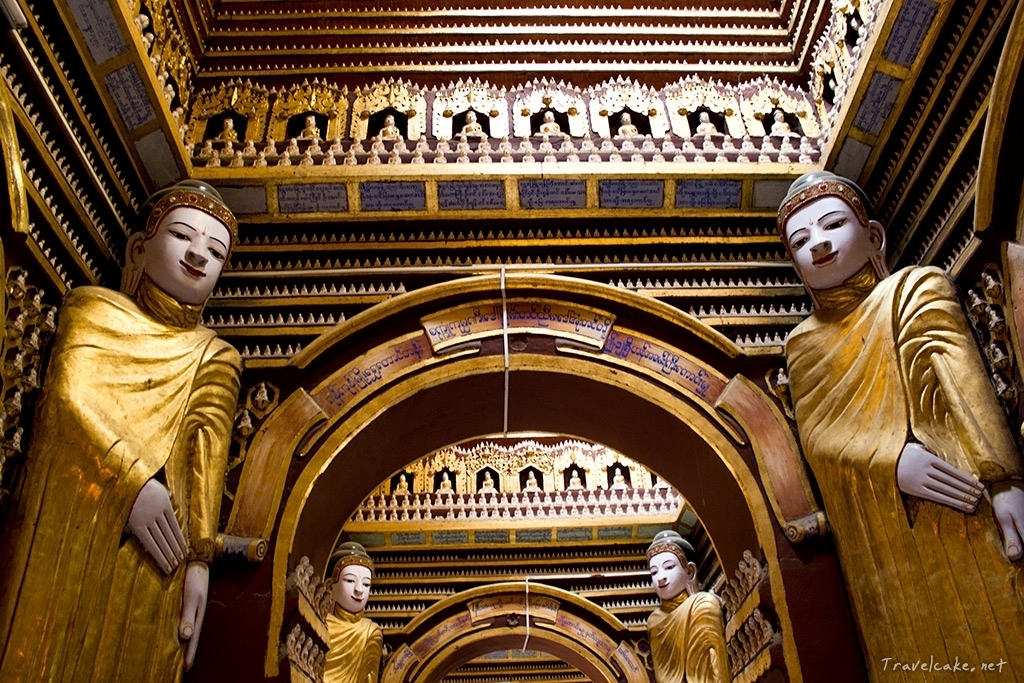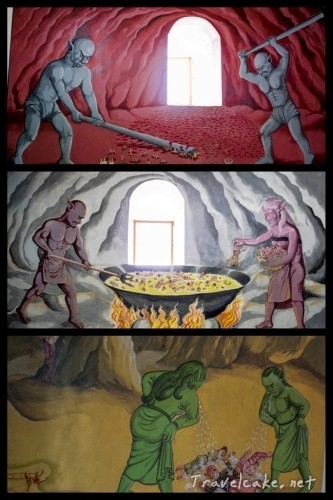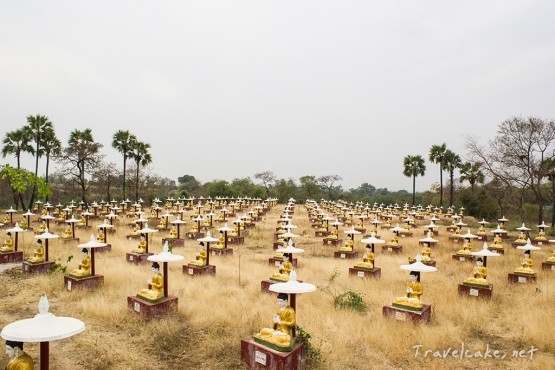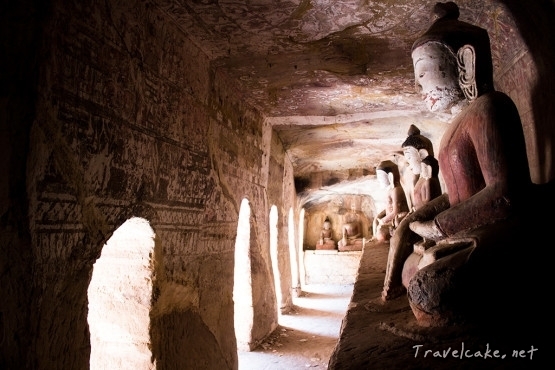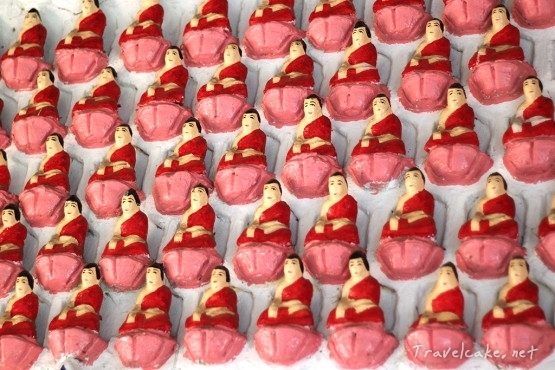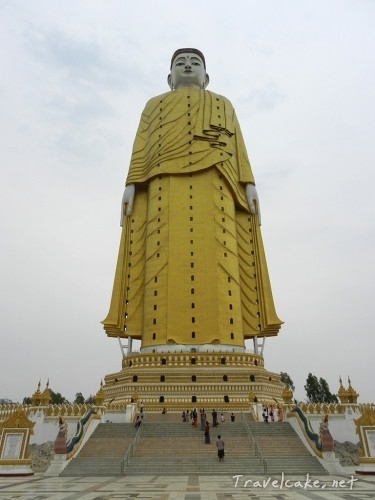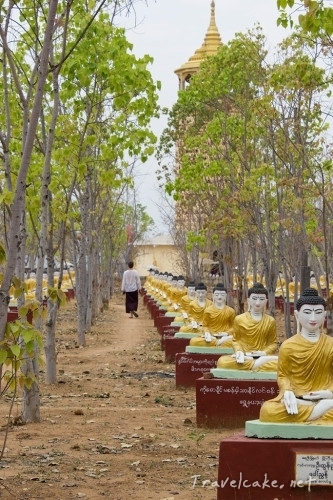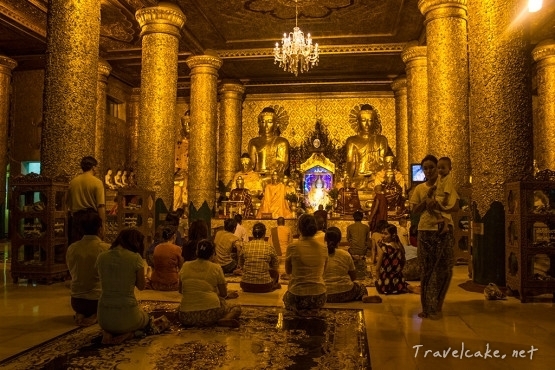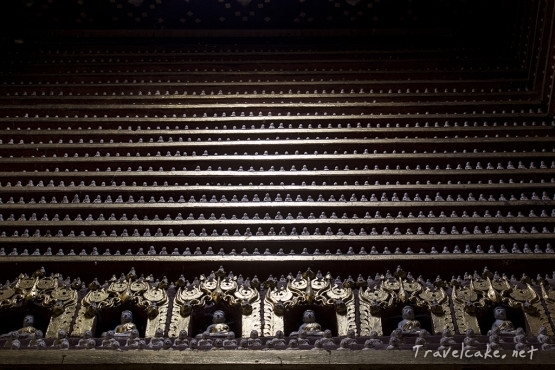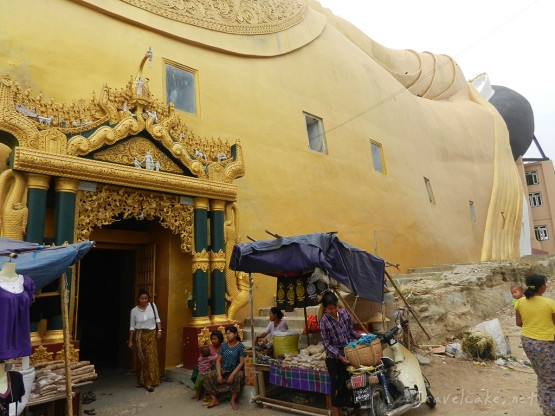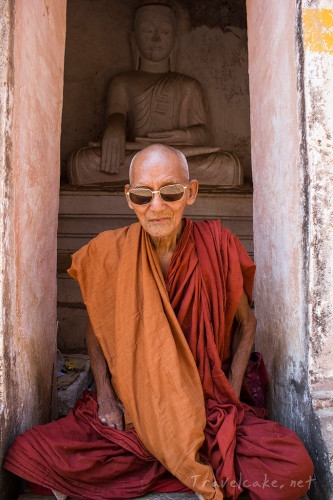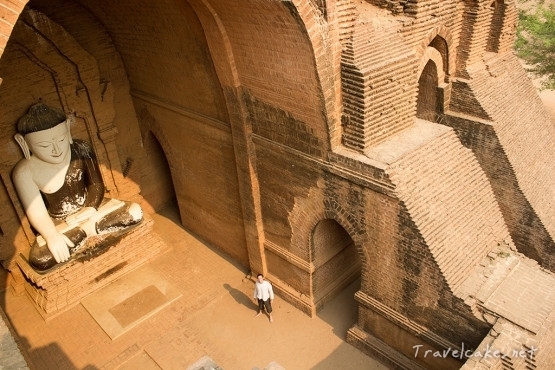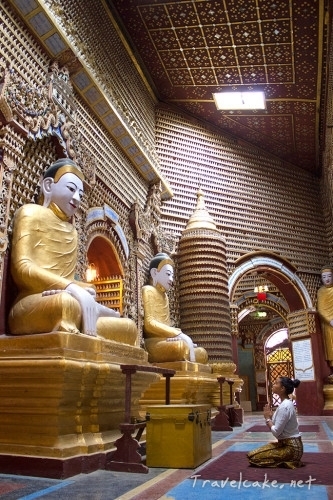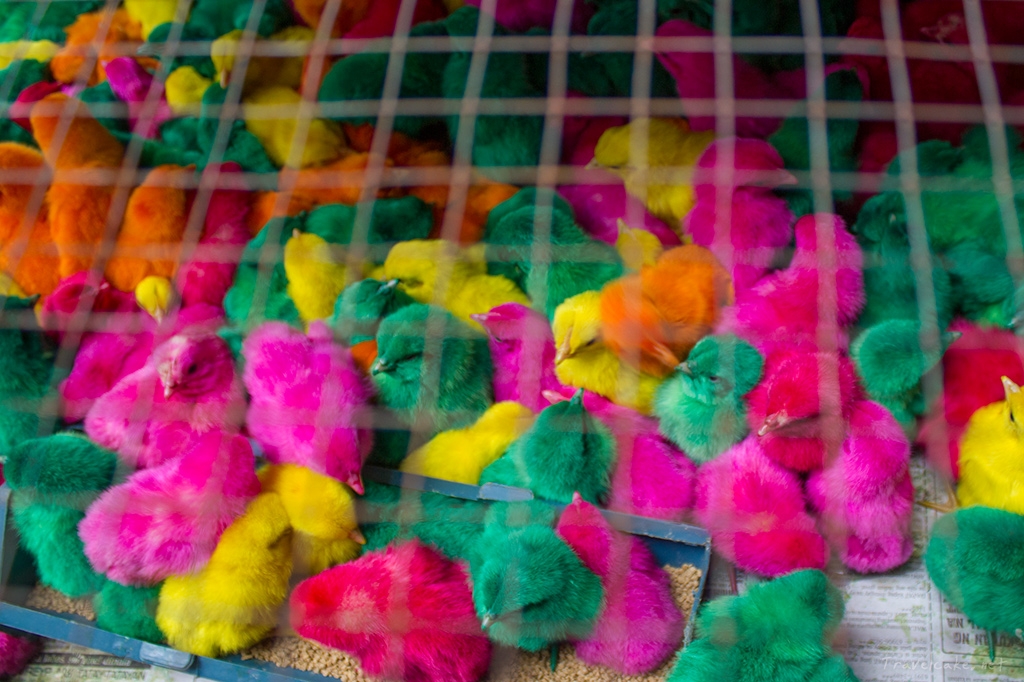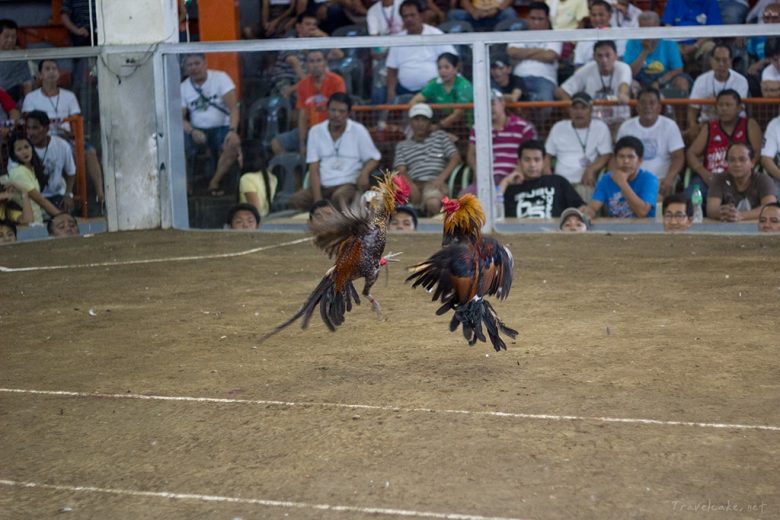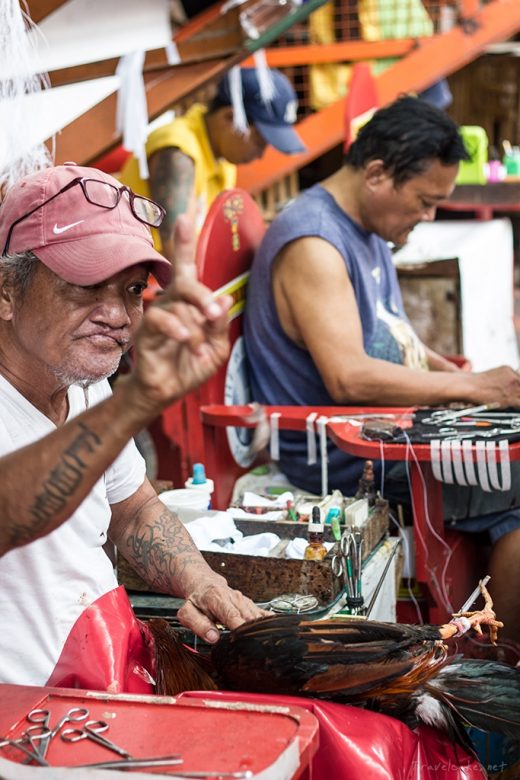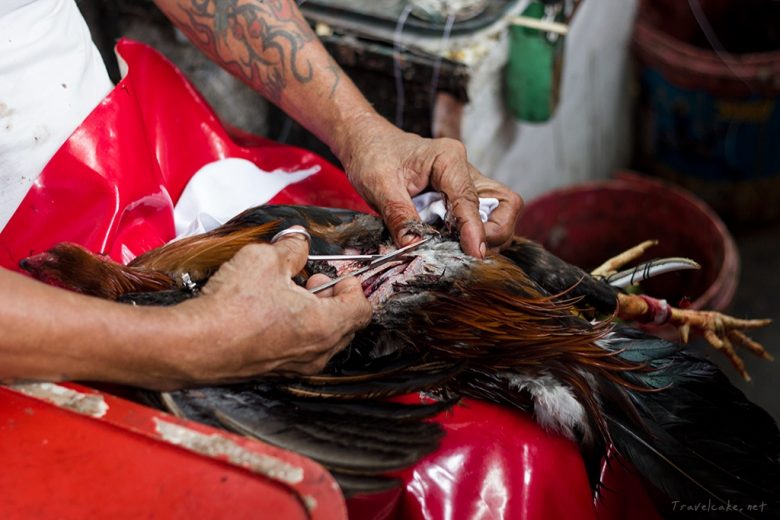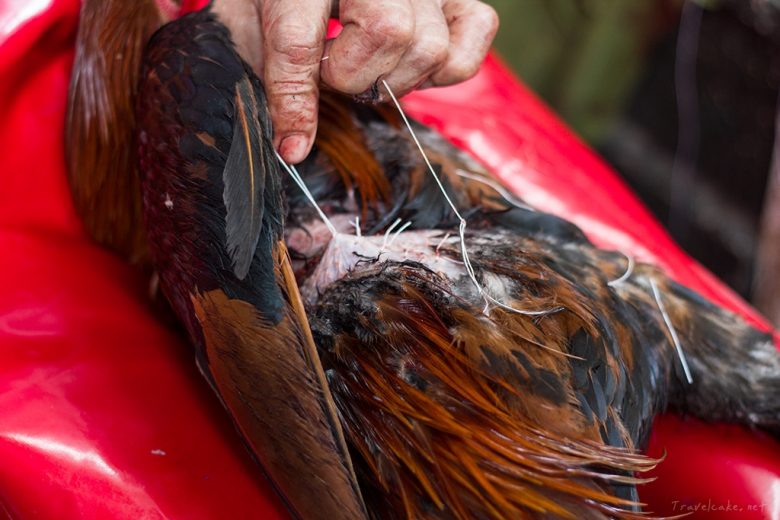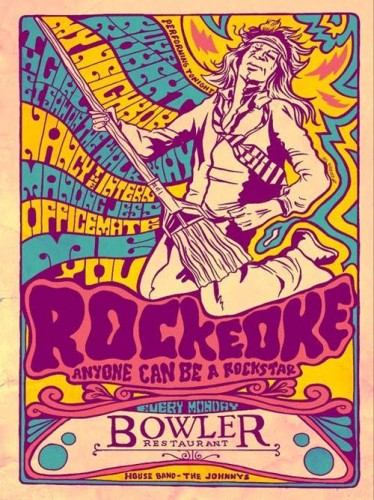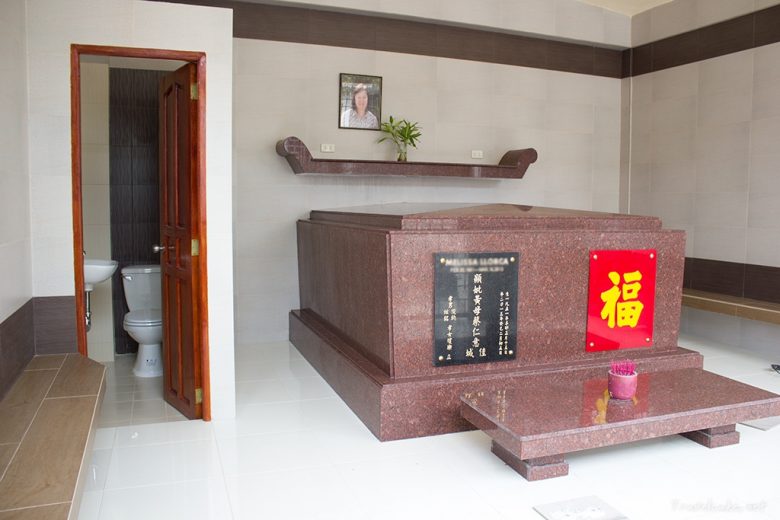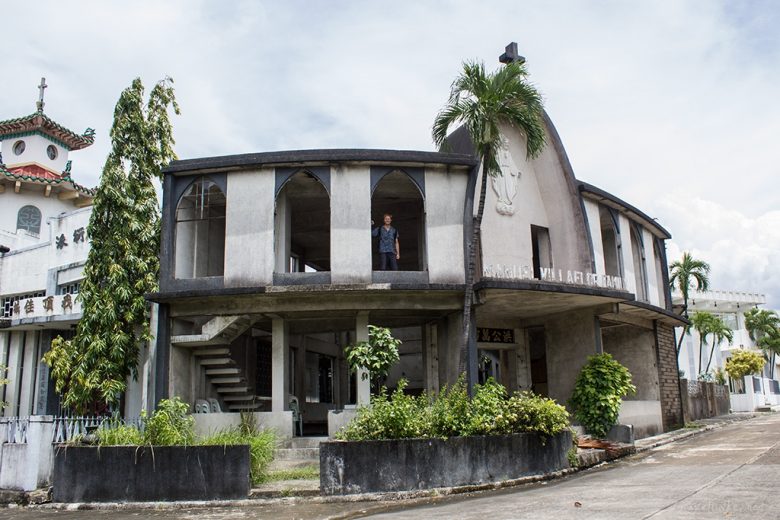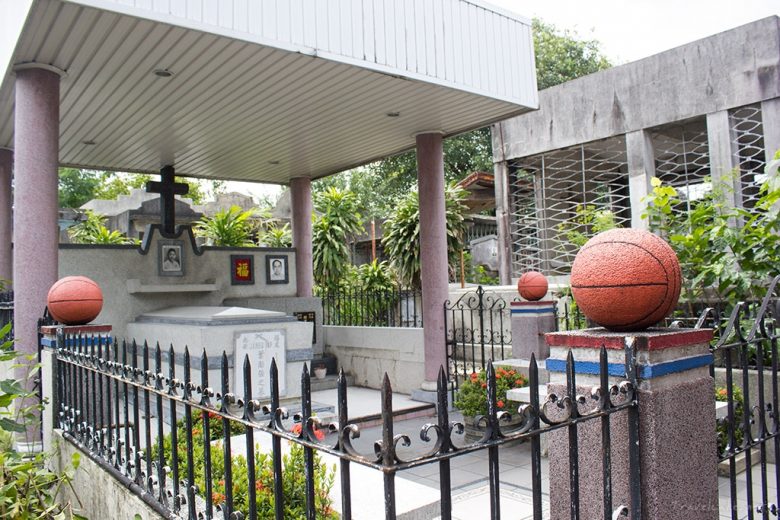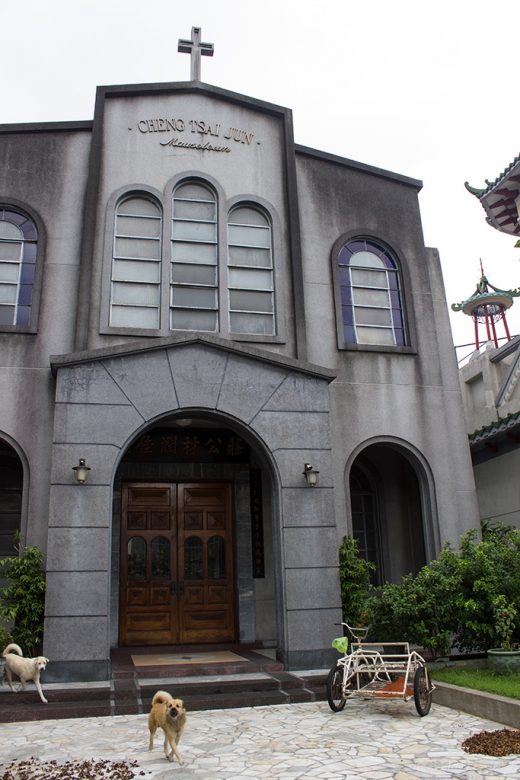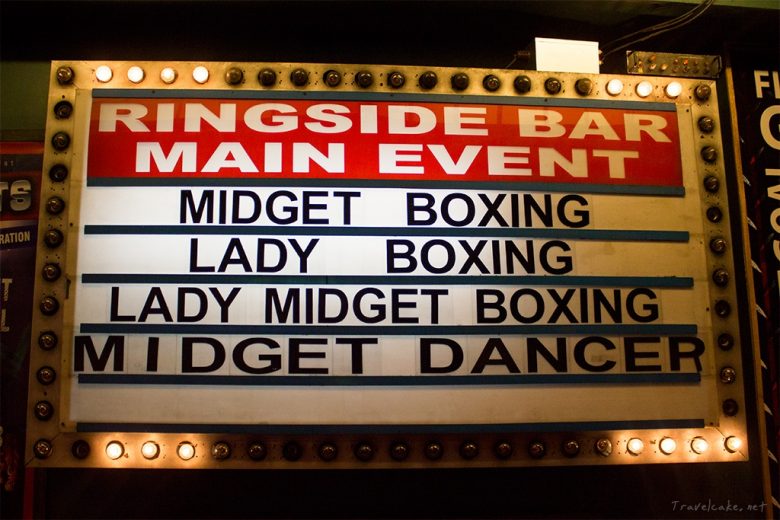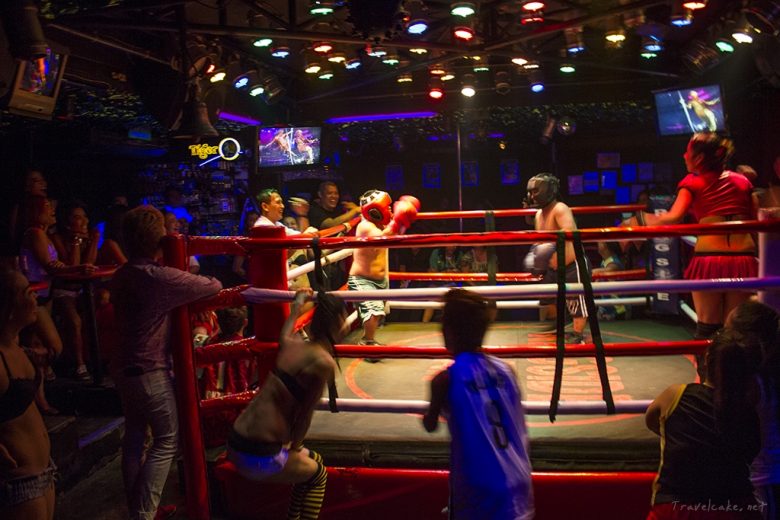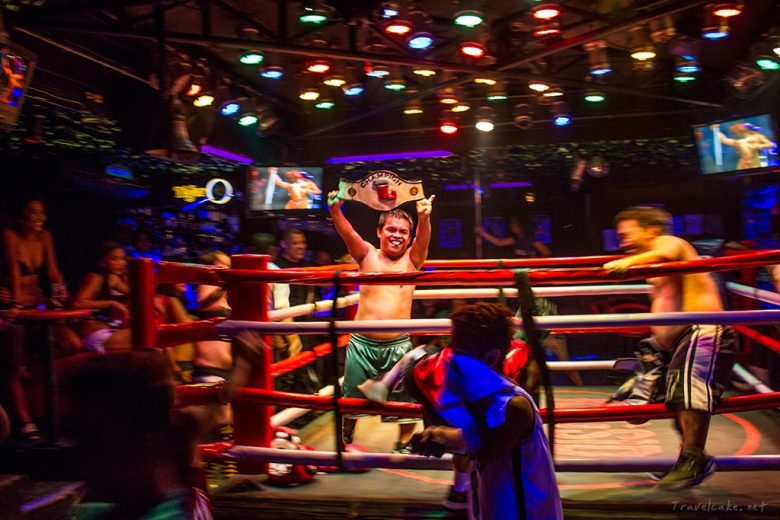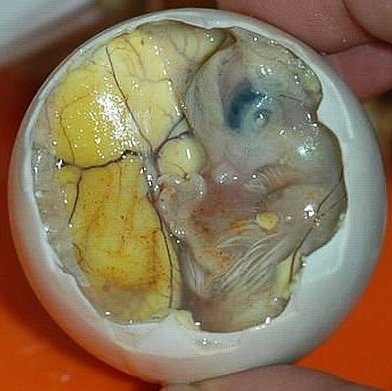Every time I spend a reasonable amount of time in a big city, I try to look for some funny, cool, quirky things to do besides the general tourist attractions. As this was my second time in Bogotá, it didn’t take me long to have completed the list of “must-sees”.
Though I found Latin America to be generally less quirky than Asia, there are still plenty of unusual, zany thing to be found. This is what I found during my week in Bogotá…
1. For women only: Stay at the Women’s Wellness Hostel Spa
The women’s wellness hostel spa focusses on the well being and relaxation of female travellers, more specifically women who have just undergone cosmetic surgery and those travelling to Bogotá for child birth. First of all, let me tell you this: cosmetic surgery tourism, is absolutely a thing in Colombia. You’ll find women from all over the country as well as international travellers flocking to the capital for their ‘grade A’ surgeries. Colombia is reputed to have some of the best cosmetic surgeons in the region at a fair price (about one third of the price in the USA or Europe).
Now, there’s no need to get “work done” to stay at this hostel as they welcome ALL women, surgery vacation or not. They have a small gym, a beauty salon and a homely spa to offer their guest some relaxing “me-time”. I stayed a couple of nights (FYI, I had no surgery done, it just seemed fun to stay at a women’s only hostel for a change) and indulged in a spa night: sauna, massage by the chiminea, full body scrub, chocolate body mask and candlelit jacuzzi. I had the spa all to myself and was guided by a masseuse with golden hands who took care of me so well, I felt like royalty. The rates per night are hostel rates so don’t expect a fancy spa… It’s more like a cosy home stay.
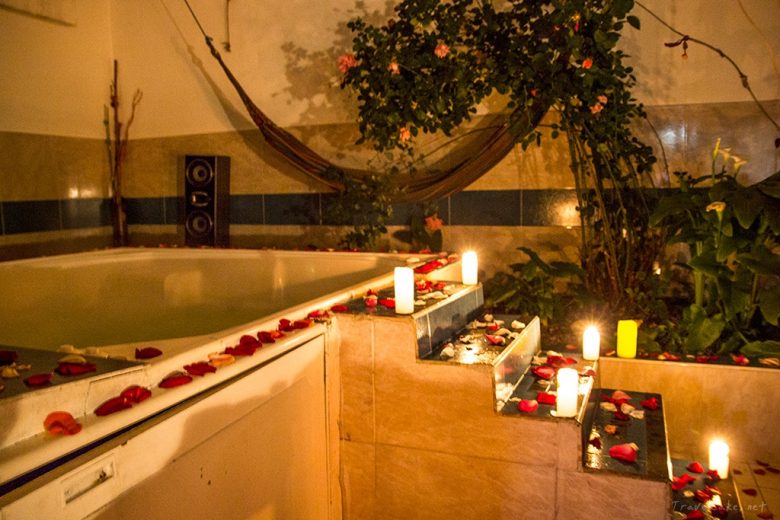
The room was small but tidy; perfect to reconnect with myself after a lot of traveling. The hostel is far from the centre though, so if your mind is set on exploring the old centre, this is not the place to be. If you’ve already visited Bogotá and are in town just to catch your flight, it’s definitely a spot to consider.
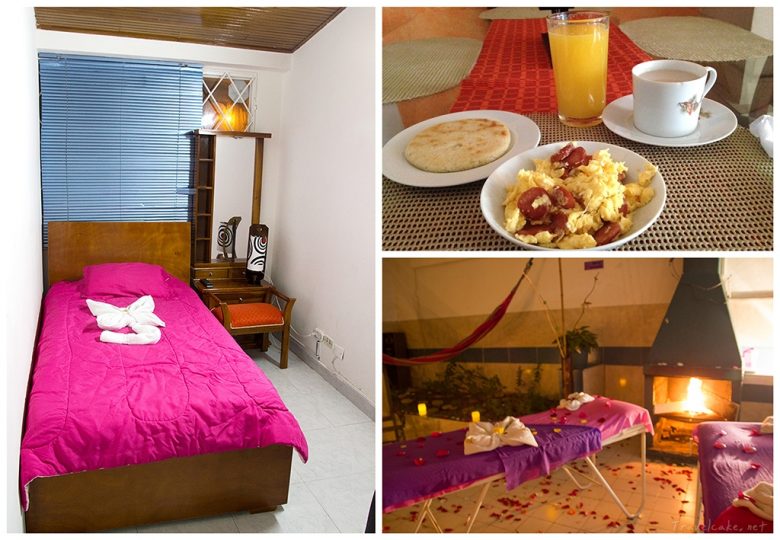
Rates are approx. 26$ for a double room, 21$ for a single, breakfast included. You can book with them directly or through your usual hostel booking site. Calle 159 A N° 22 – 11, Bogotá.
2. Beer and explosives: Play a few rounds of Tejo
A game where beer flows heavily and explosives spark up continuously, what could possibly go wrong? Tejo is one of Colombia’s traditional ancient sports. Though the sport/game in itself doesn’t necessarily involve drinking, the informal tournaments today are often played while consuming (lots) of beer. To play the game’s simplified version, contestants throw a round metal puck, a tejo, across the lane to hit a target about 20 meters away. What’s the target? Small triangular envelopes filled with gun powder secured with clay on a board. Each time your tejo hits the gunpowder an explosion occurs and you score points! With the explosions come cheering, laughing and -there it is- large quantities of beer.
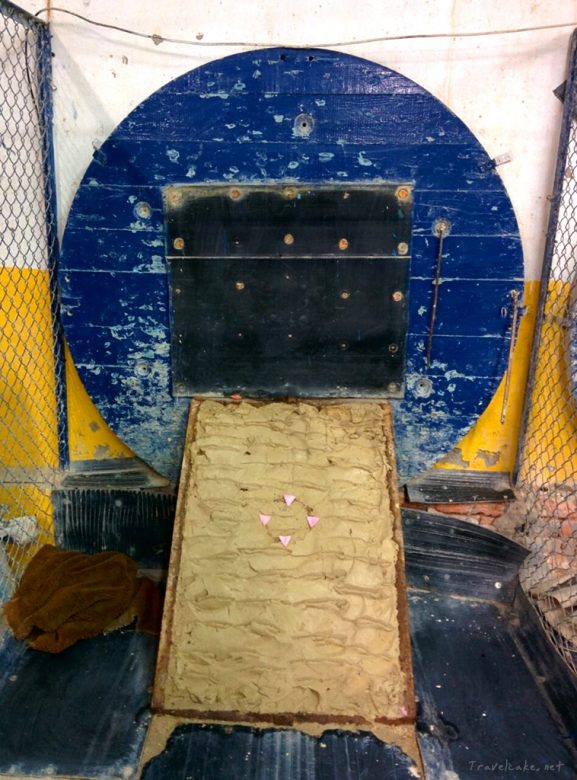
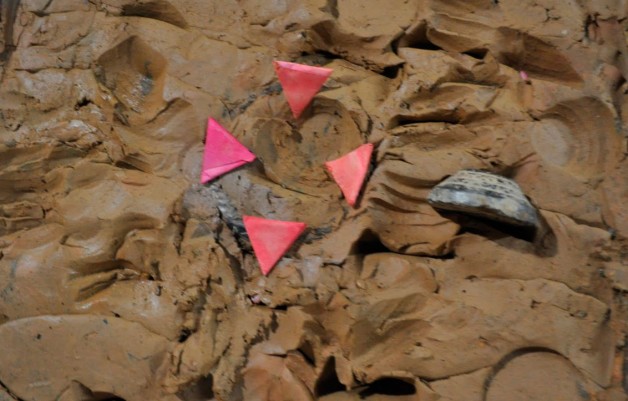
Tejo has become a popular backpackers’ activity and many hostels organise “tejo nights” with a “drink-all-the-beer-you-can” formula.
3. Dunk your cheese in a cup of hot sugar water: Aguapanela con queso
You can try aguapanela all over the country, you could even find it in other Latin American countries but it’s said to be a Colombian speciality. Hot aguapanela is made by melting some ‘panela’ into hot water. Panela is a product made from sugar cane, tasting somewhat similar to brown sugar. Supposedly, it boasts lot’s of healthy components such as vitamin C (more than in fresh orange juice) and rehydrating minerals. I don’t know, it tasted just like sugar to me. Aguapanela can be drunk cold, perhaps with a squeeze of lemon or hot, with a splash of (chocolate)milk. According to Colombian tradition, hot aguapanela is best enjoyed by dunking a chunk of fermented cheese in your cup. For someone like me, who has mostly given up sugar, this was an absolutely undrinkable concoction. But definitely worth a try if you’re looking to attempt new things and are interested in the country’s traditions.
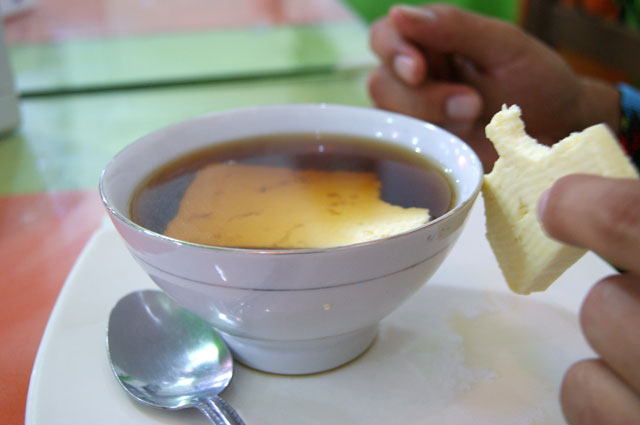
4. Quadruple your spare change on the streets: Gamble on a guinea pig
The concept is simple, a man on the street lays a bunch of numbered plastic cups upside down in a circle. You place your bet, thus your spare change, on top of what you think will be the winning cup. The host of the game then releases one of his guinea pigs who will chose the winning cup. If the rodent enters the cup your change is sitting on, you are the winner and you will receive 4 or 5 times the money you bet. You lose your change if the guinea pig doesn’t chose your cup. Of course the odds are not very favourable and these animals are trained, so it’s not really a trustworthy game, as with most street games. It is an entertaining street act however. You should see participating as dropping a few coins in the hat of a street artist. If you are concerned about animal cruelty, I can’t really say what these animals’ lives are like, but they all looked healthy, well fed and groomed.
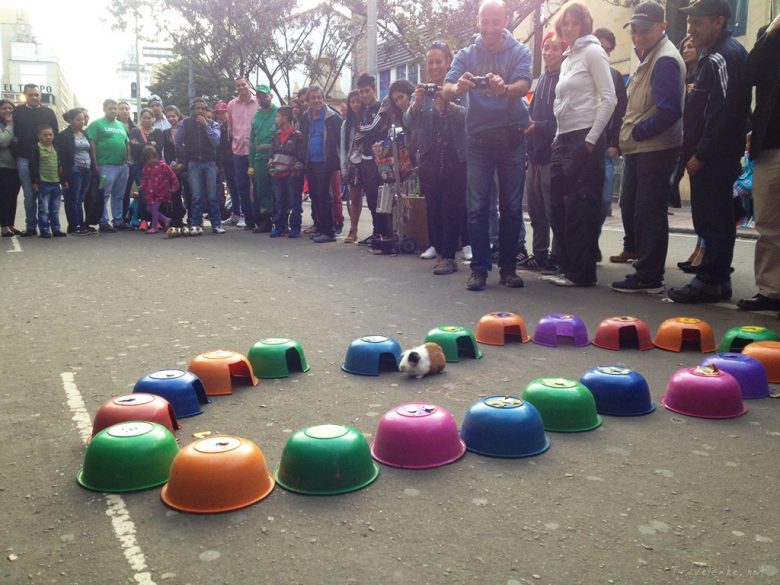
You can run into these games on the streets of Bogotá as well as in other Colombian cities.
5. Dine and Dance in hell, purgatory or heaven: Andrés D.C.
I wouldn’t know how else to describe this restaurant other than quirky. Andrés D.C. prides itself with 4 floors of total madness. The top floor represents heaven and as you lower down, you’ll reach earth, purgatory and eventually hell. Upon entering the restaurant, you won’t know where to look: the decor is insane featuring all kinds of kitsch trinkets, all matching the floor’s theme. Then, there is the staff bouncing around in wacky outfits (think disco dude or lady from a Botero painting- with fake, disproportioned arms and behinds). Once you’re seated, try to chose an item from the menu… I think it’s the longest menu I’ve ever seen: it’s a bout 30 pages long. While you try to make what seems like an impossible choice, the staff will serenade you, make you dance, bring props for you to wear… They’re not just your waiters, they are your entertainment for the night.
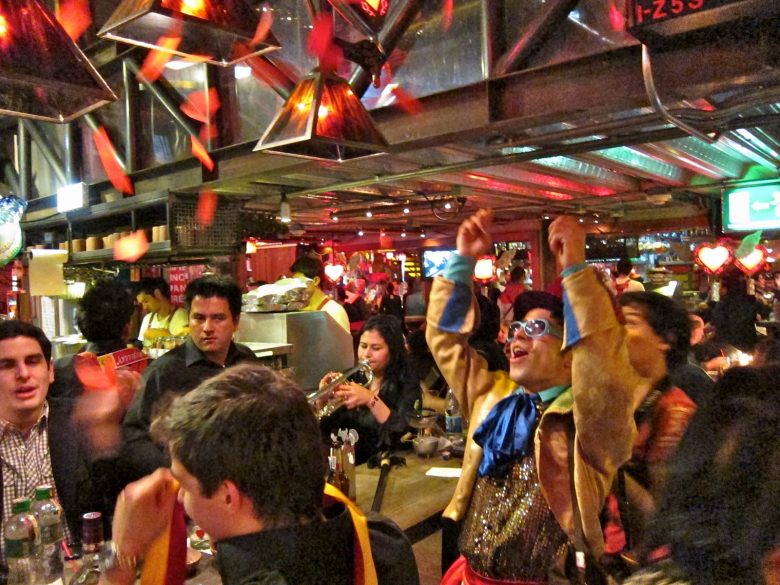
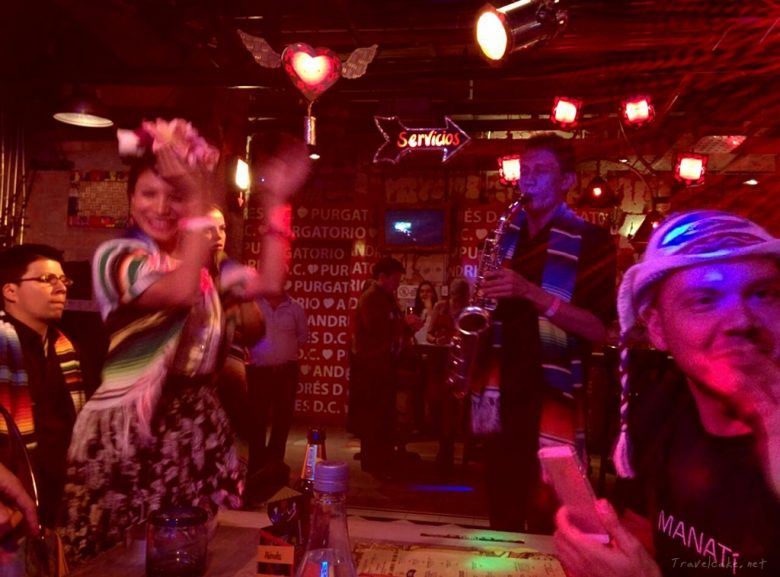
You never know what might happen next while you’re sipping on your “lethal mojito”. If the loud music, the laughter and the cocktails have given you an appetite for a dance, just head to hell where you can devilishly swing your hips while you wait for your food. The food is very tasty but let’s face it, you don’ t really dine here for the grub… It’s the atmosphere and the original concept that make this restaurant worthwhile.
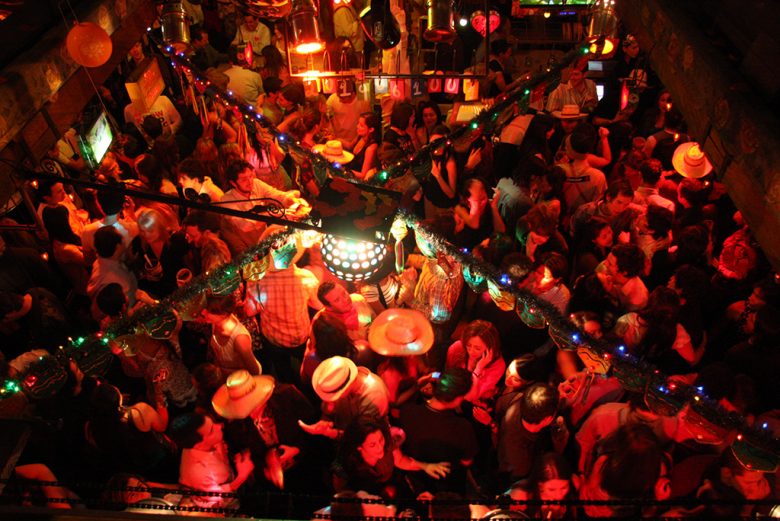
Andrés D.C. is extremely popular, so make sure you have a reservation or you’re in for a very long wait. Now that’s what I would call hell. Calle 82, No. 12-21, C.C. El Retiro, Zona Rosa, Bogotá
Have you been to Bogota? What did you think of the city?
The post “5 Quirky things to do in Bogotá” first appeared on Travel Cake.

